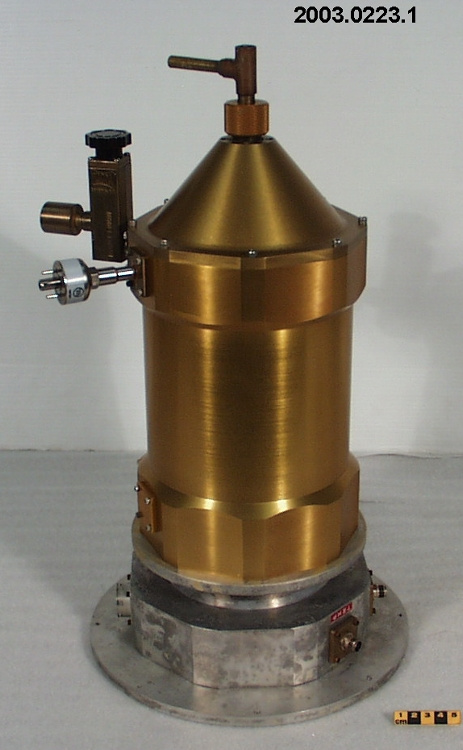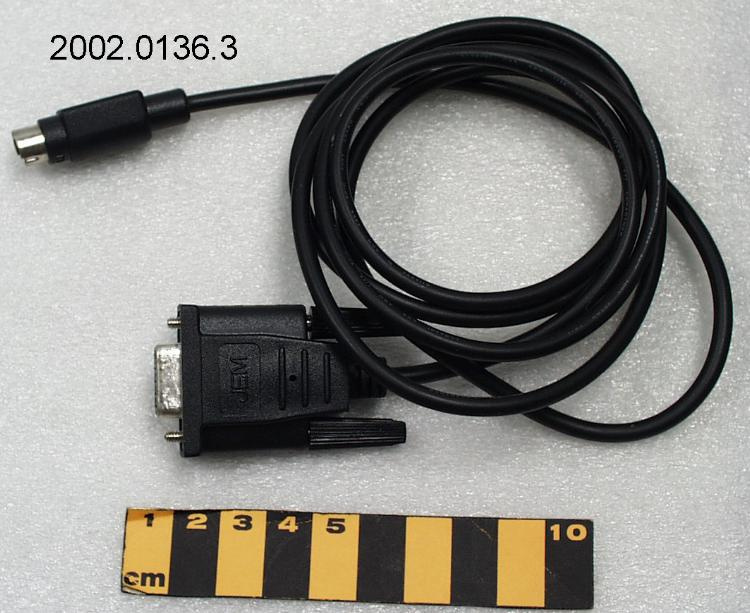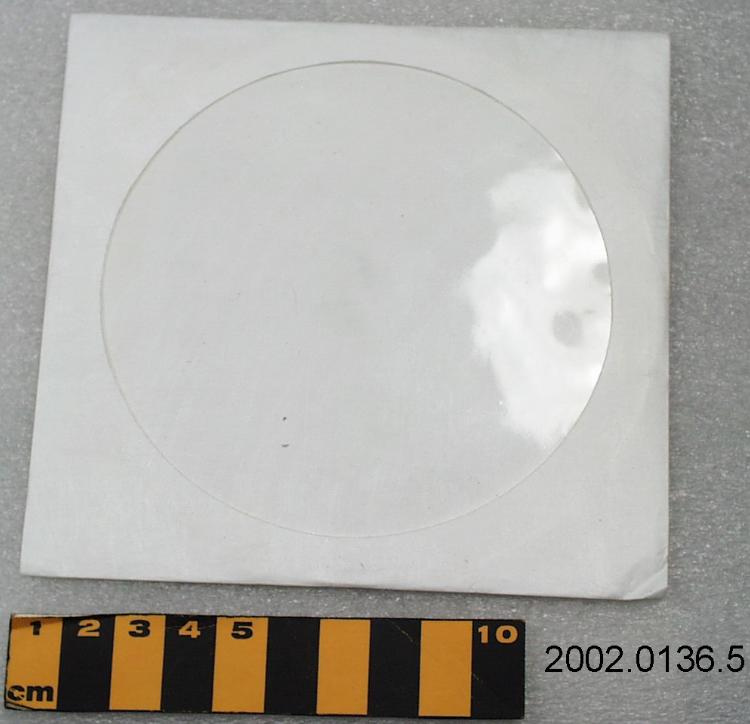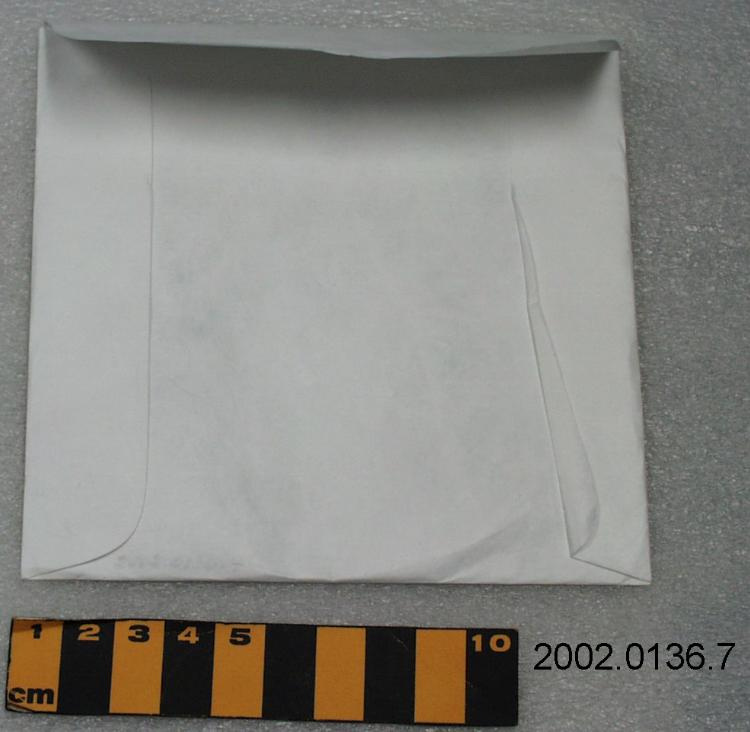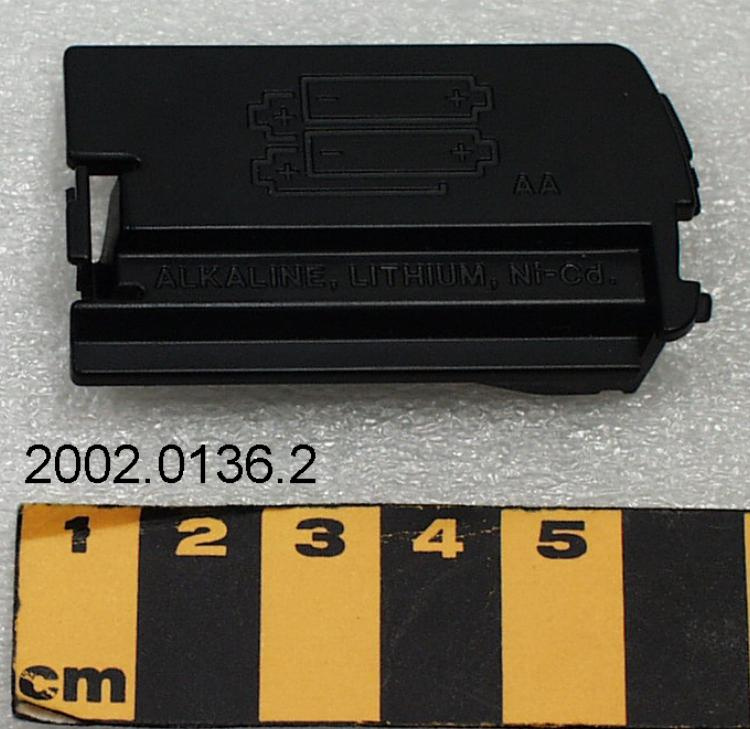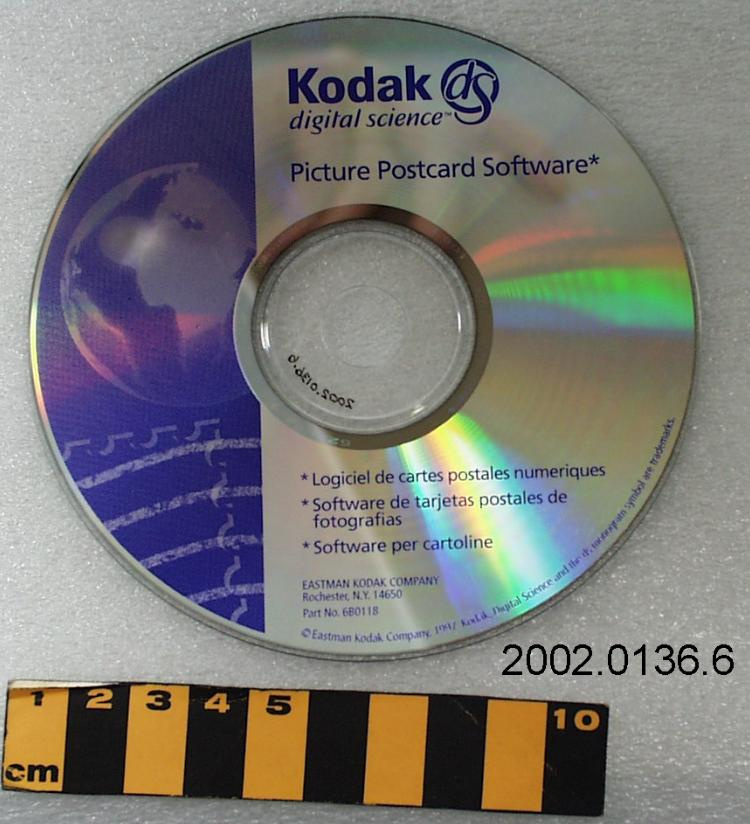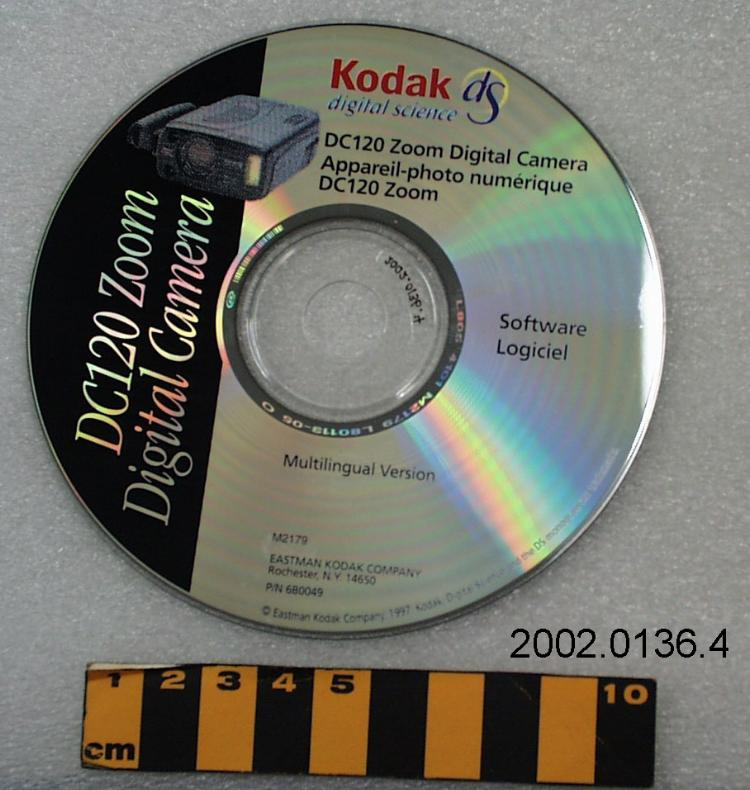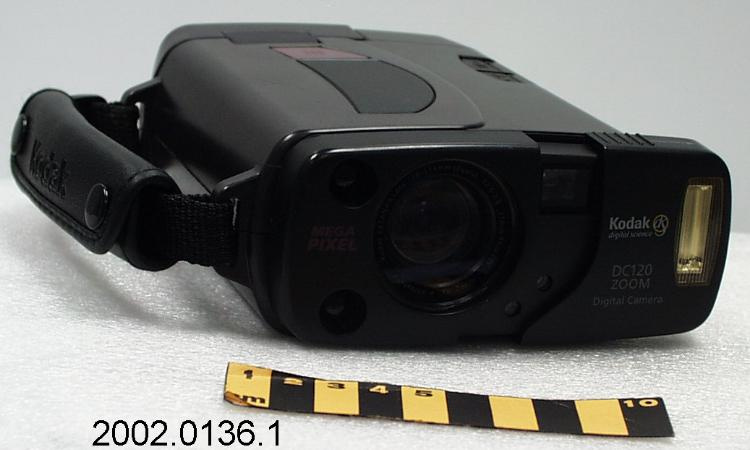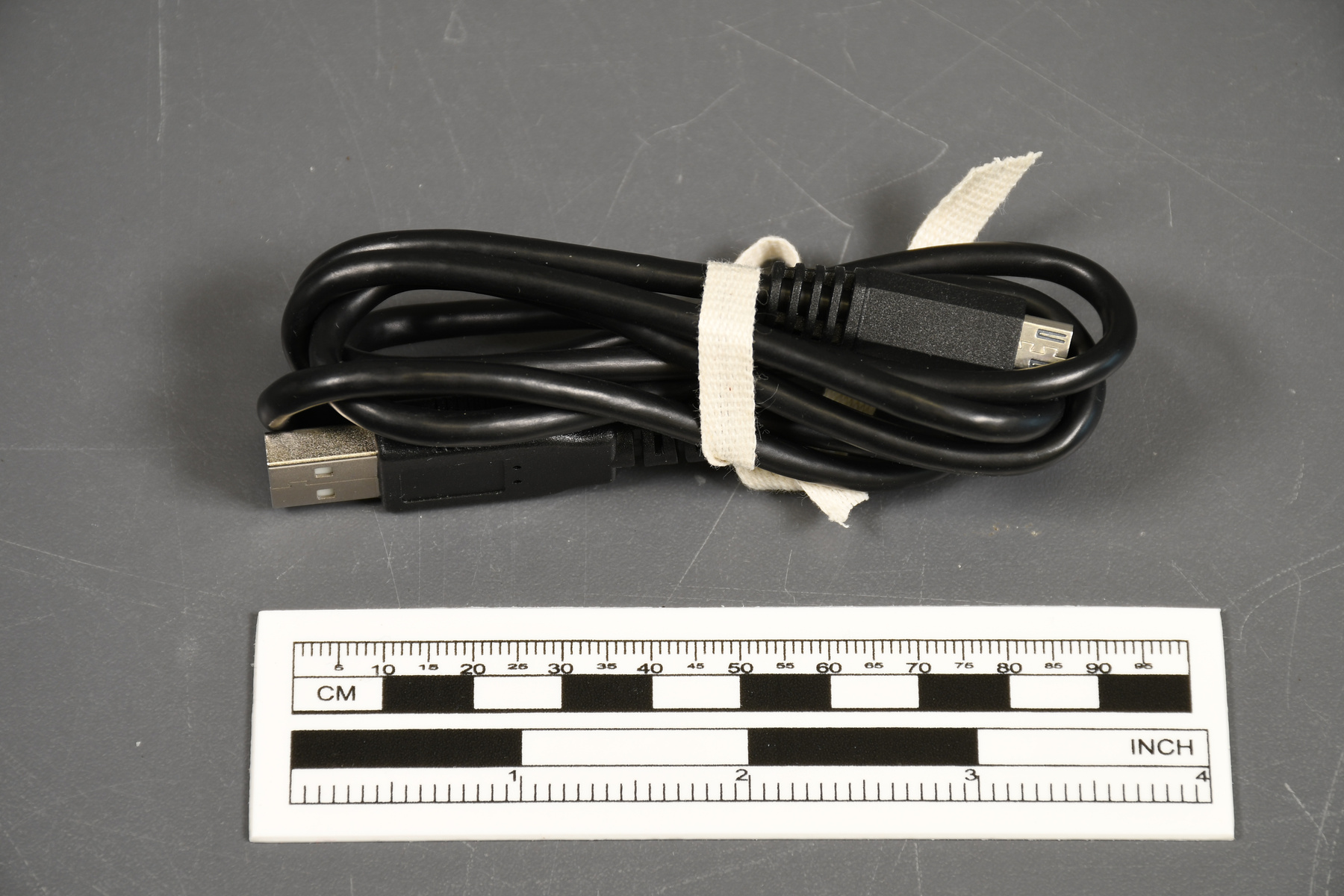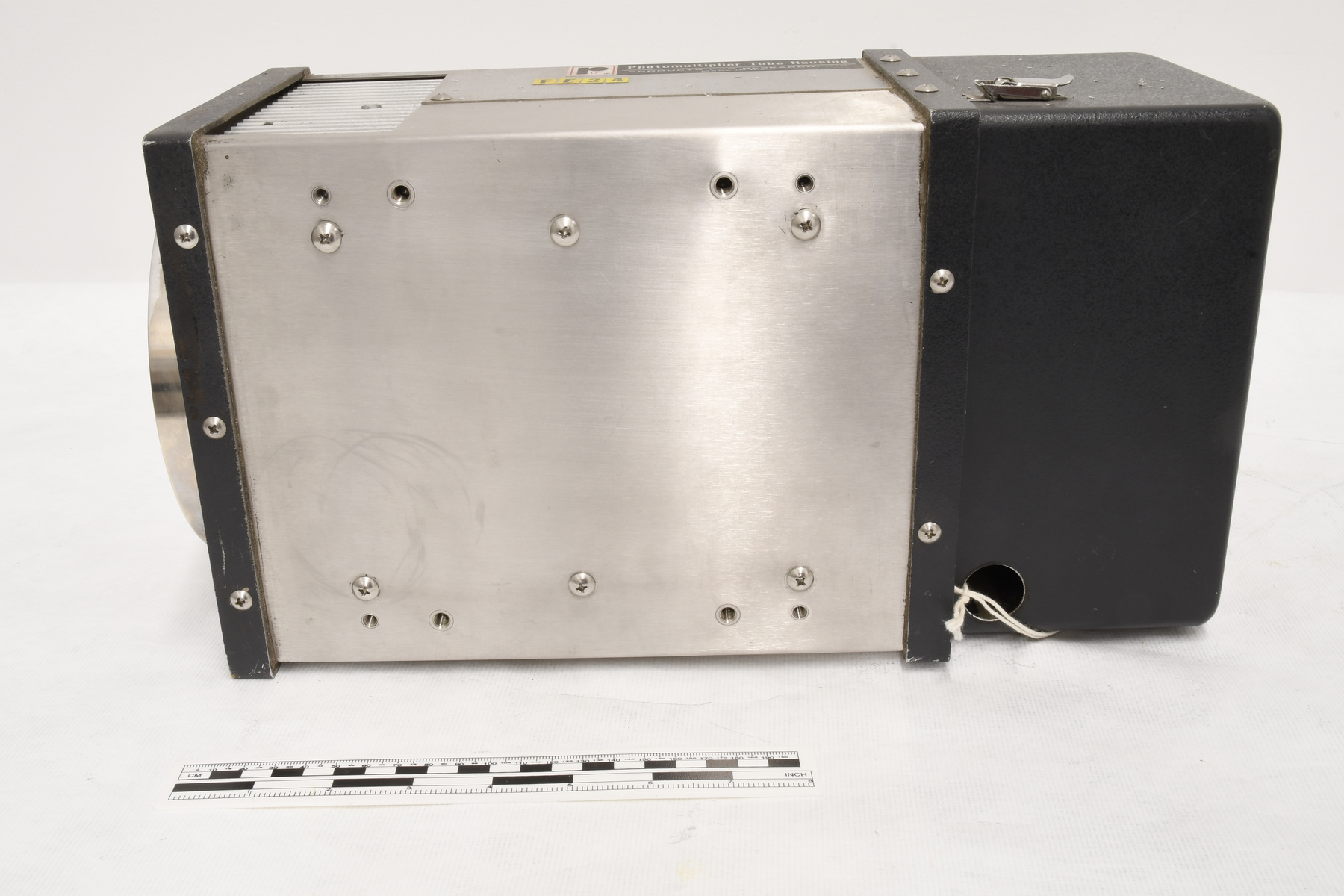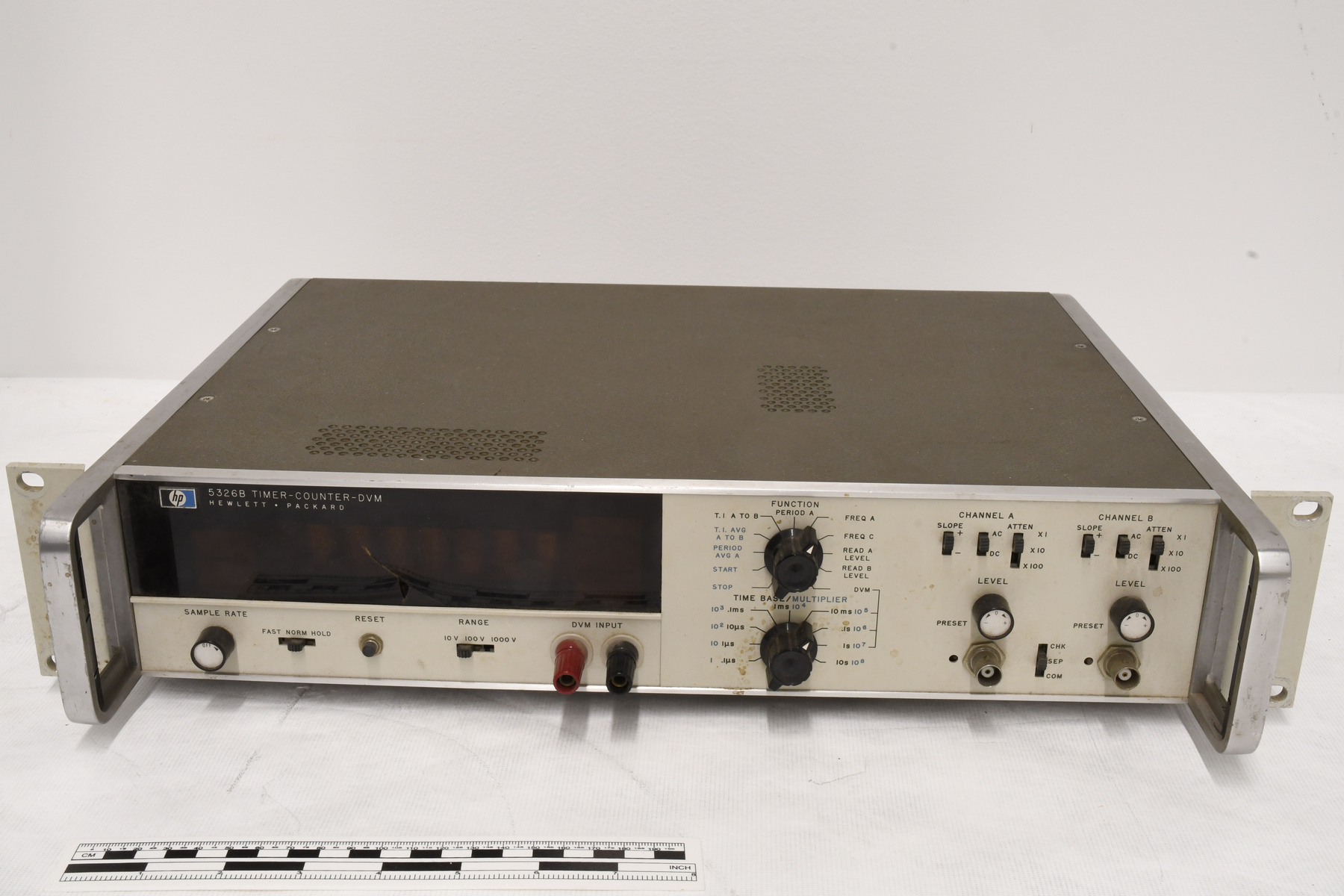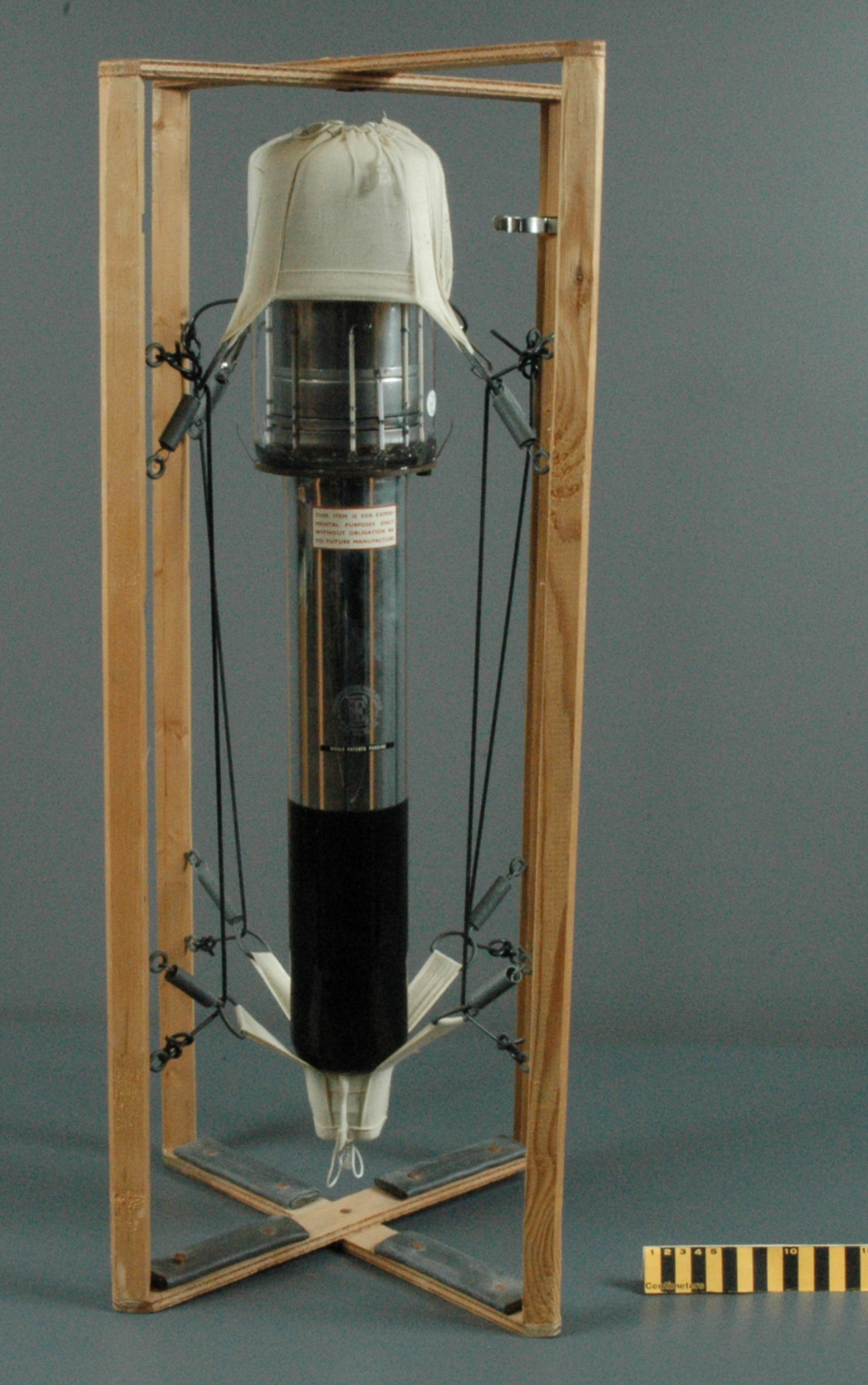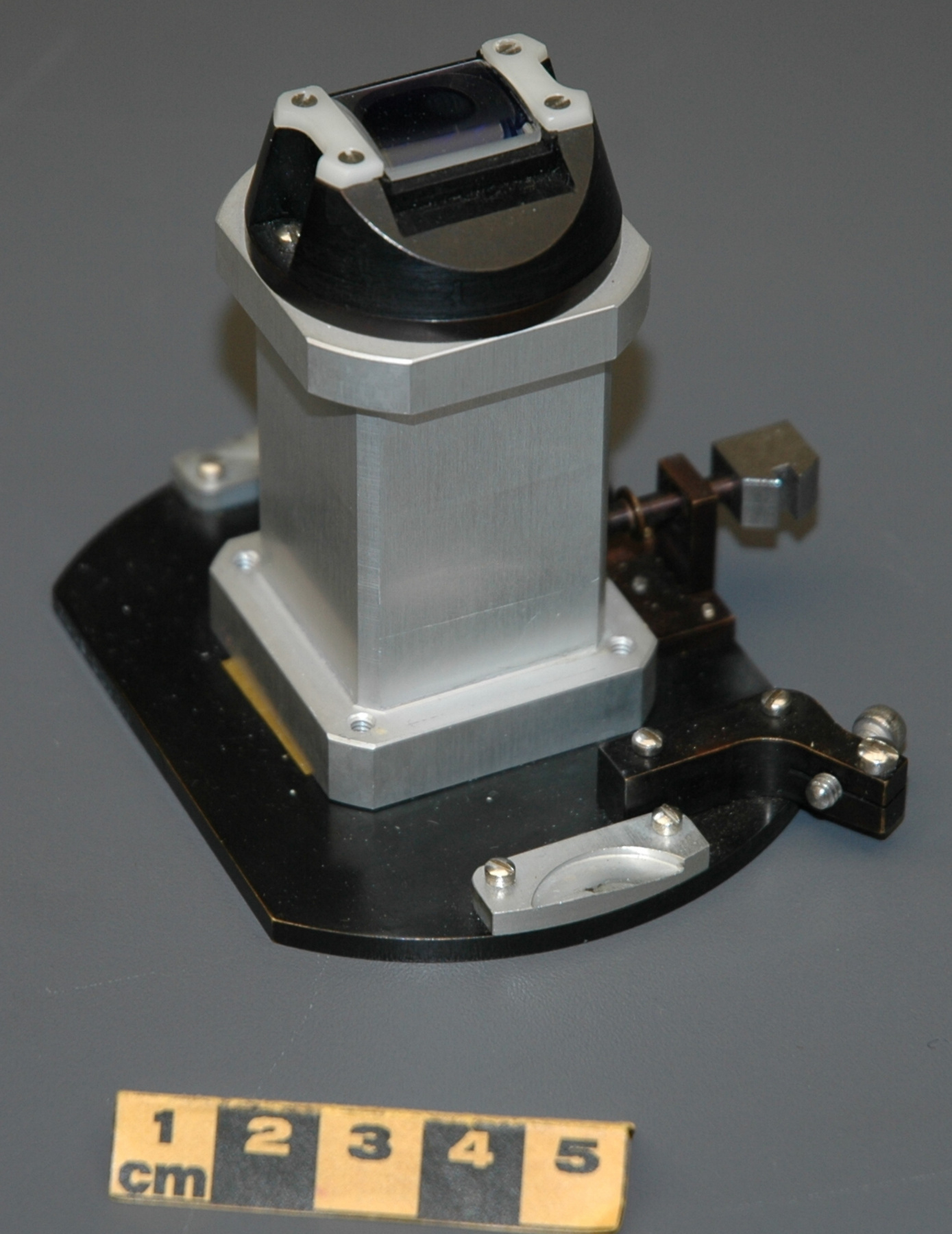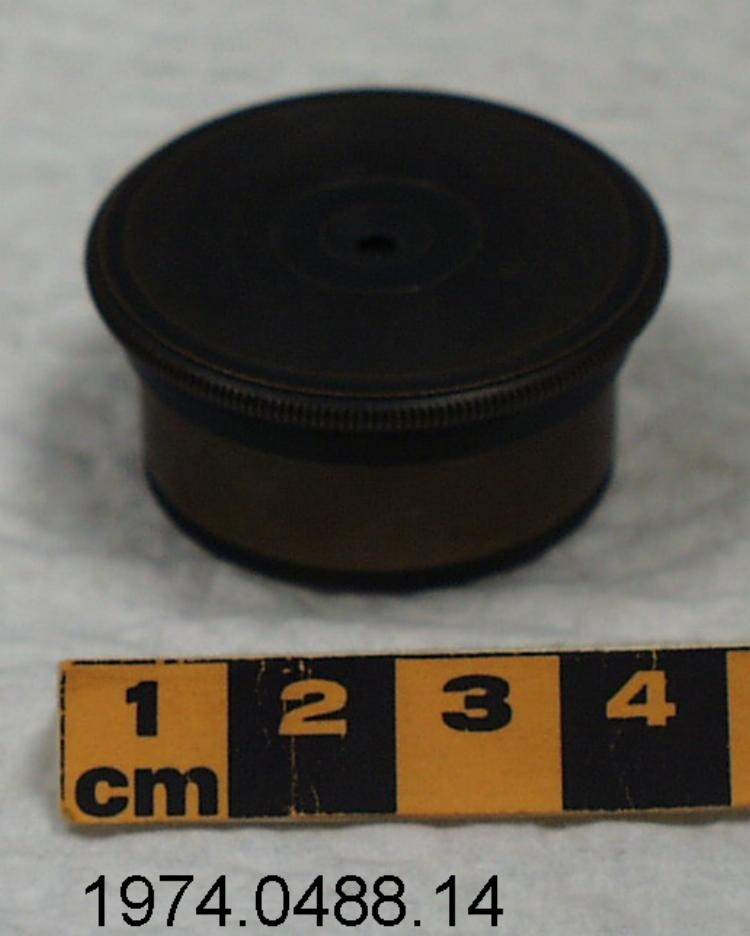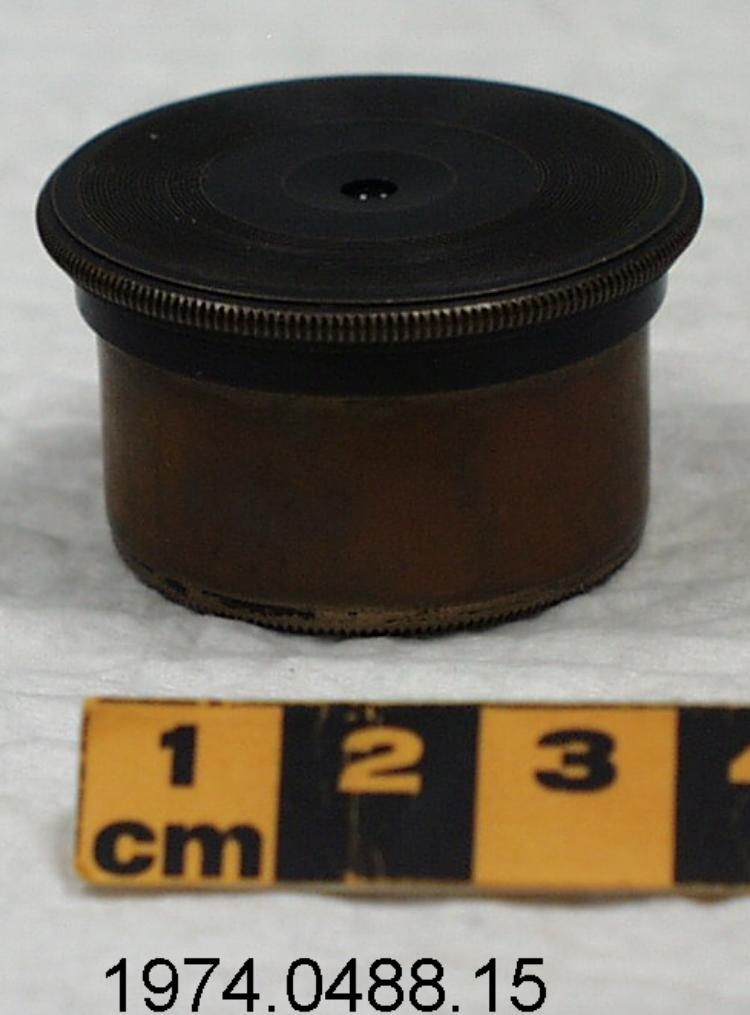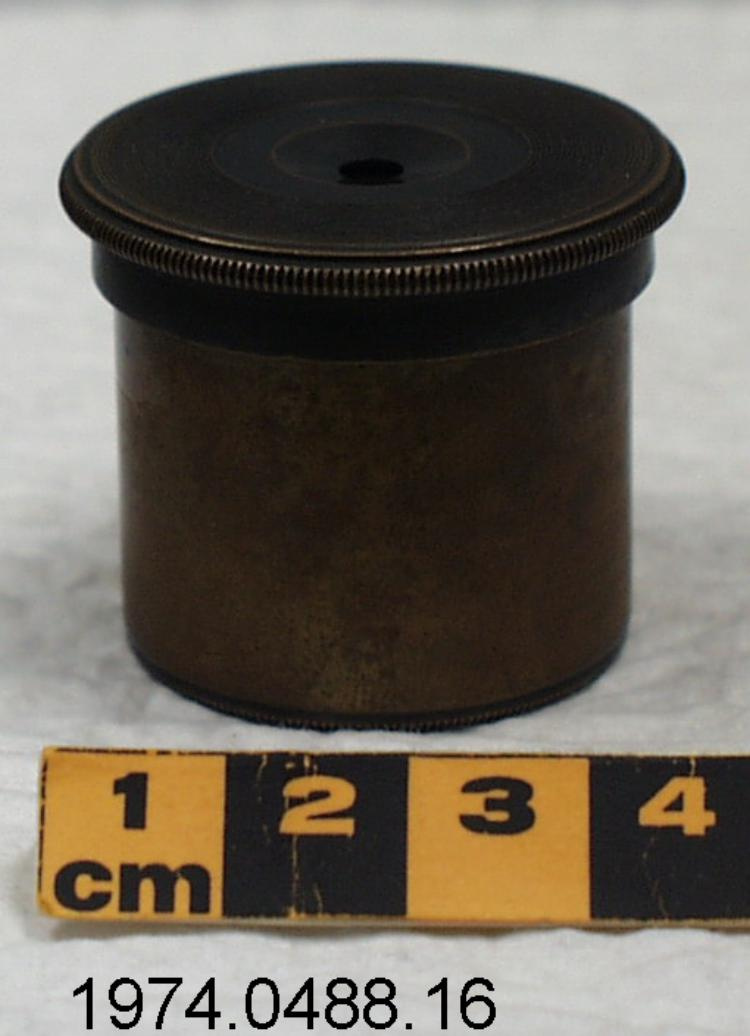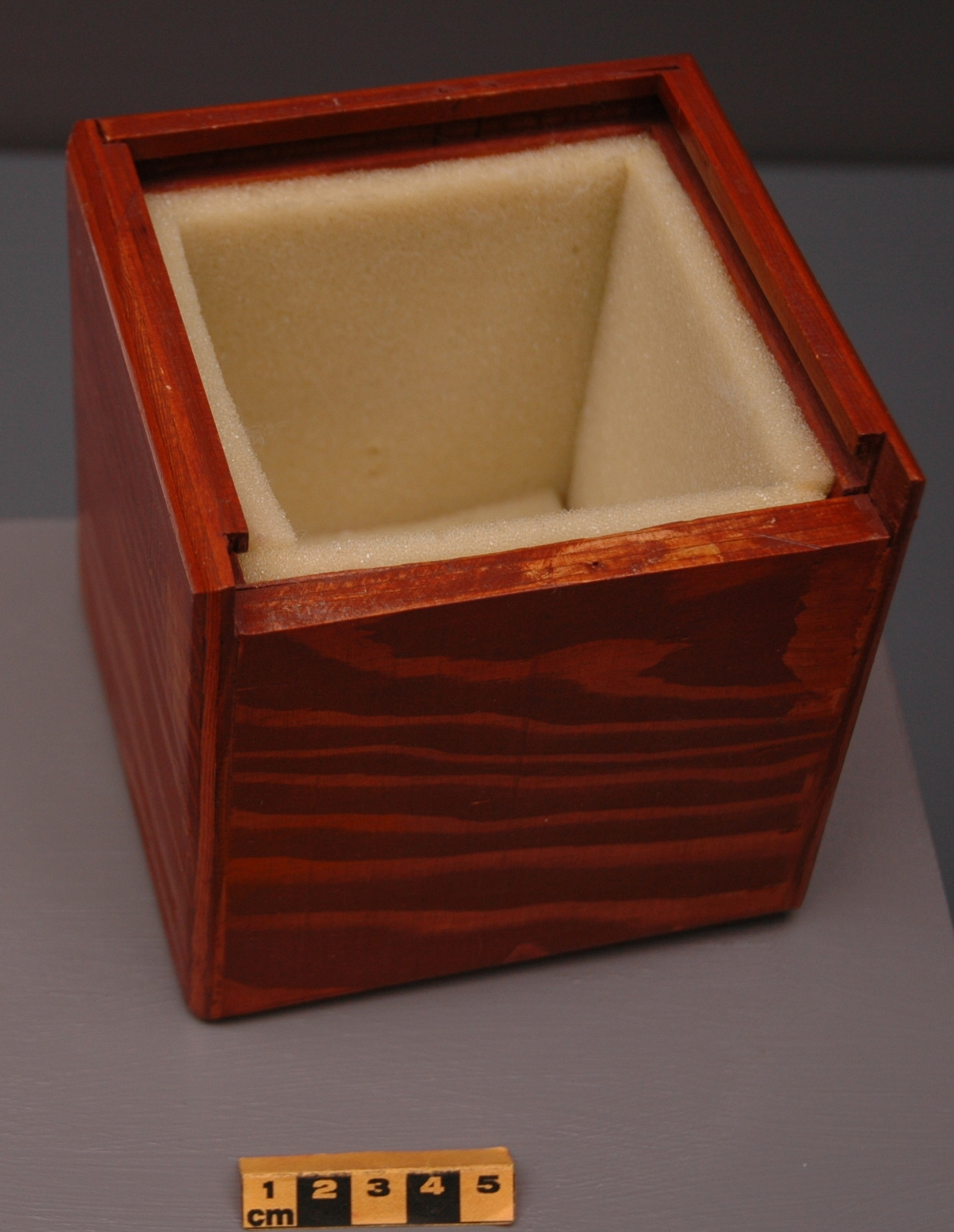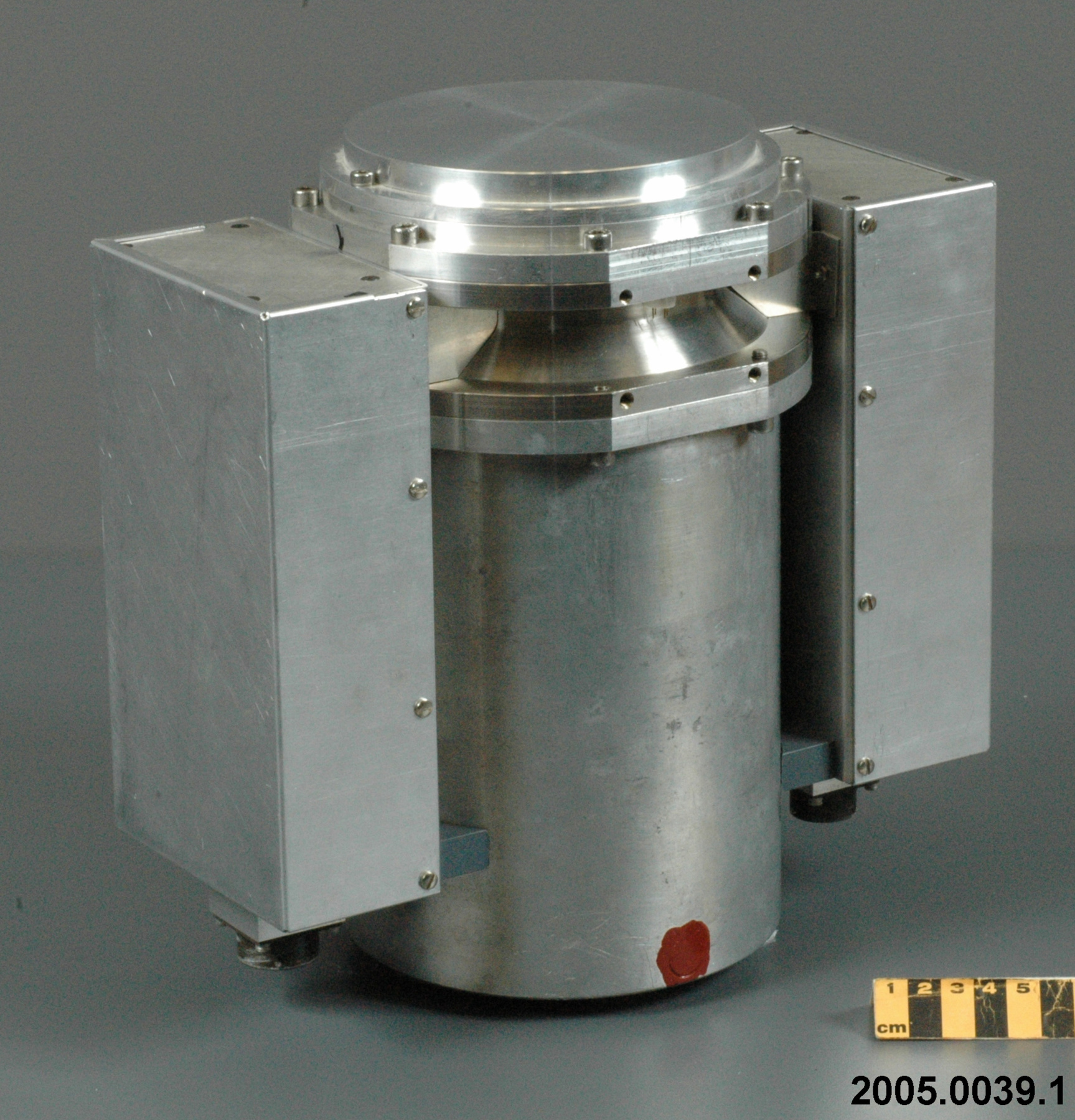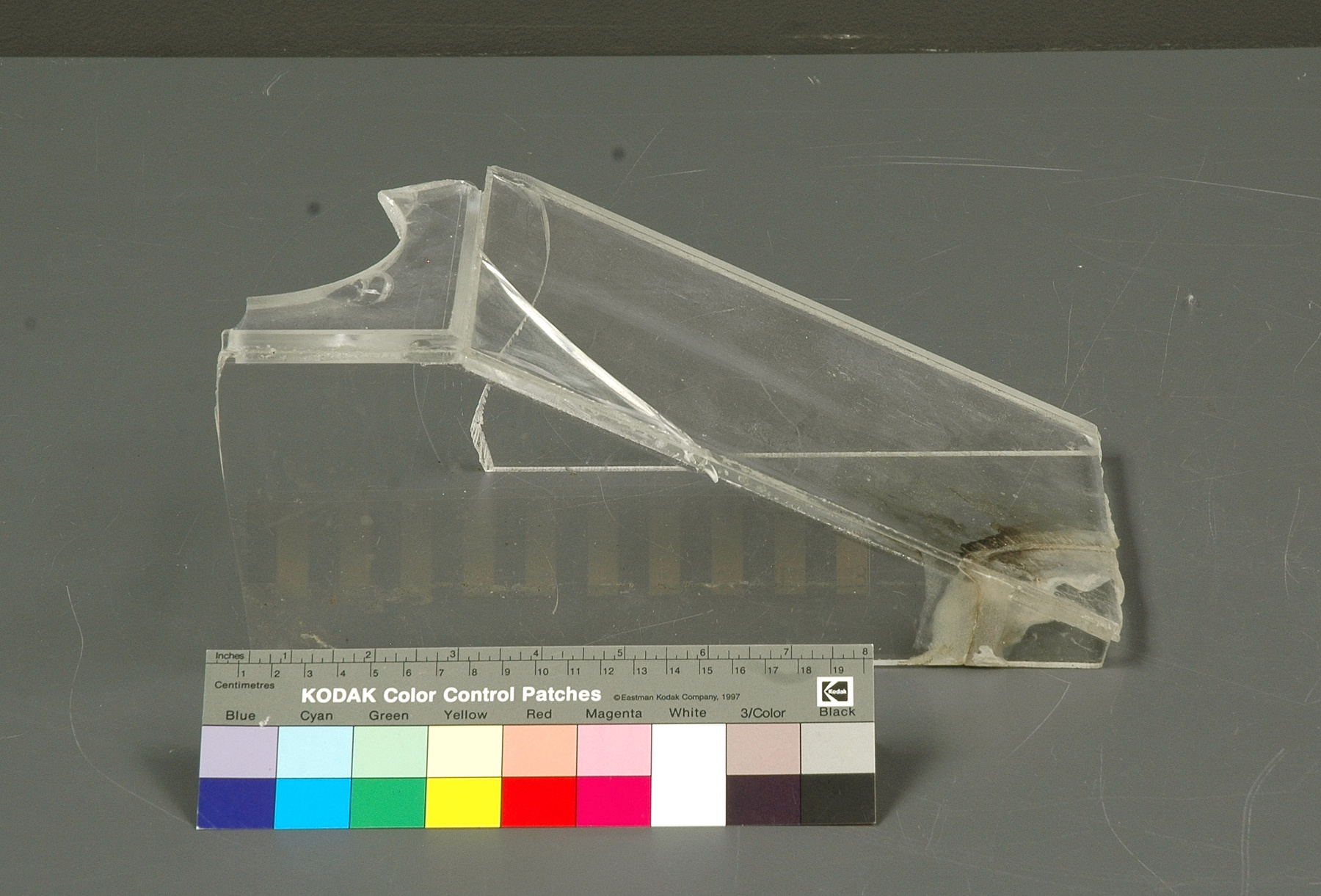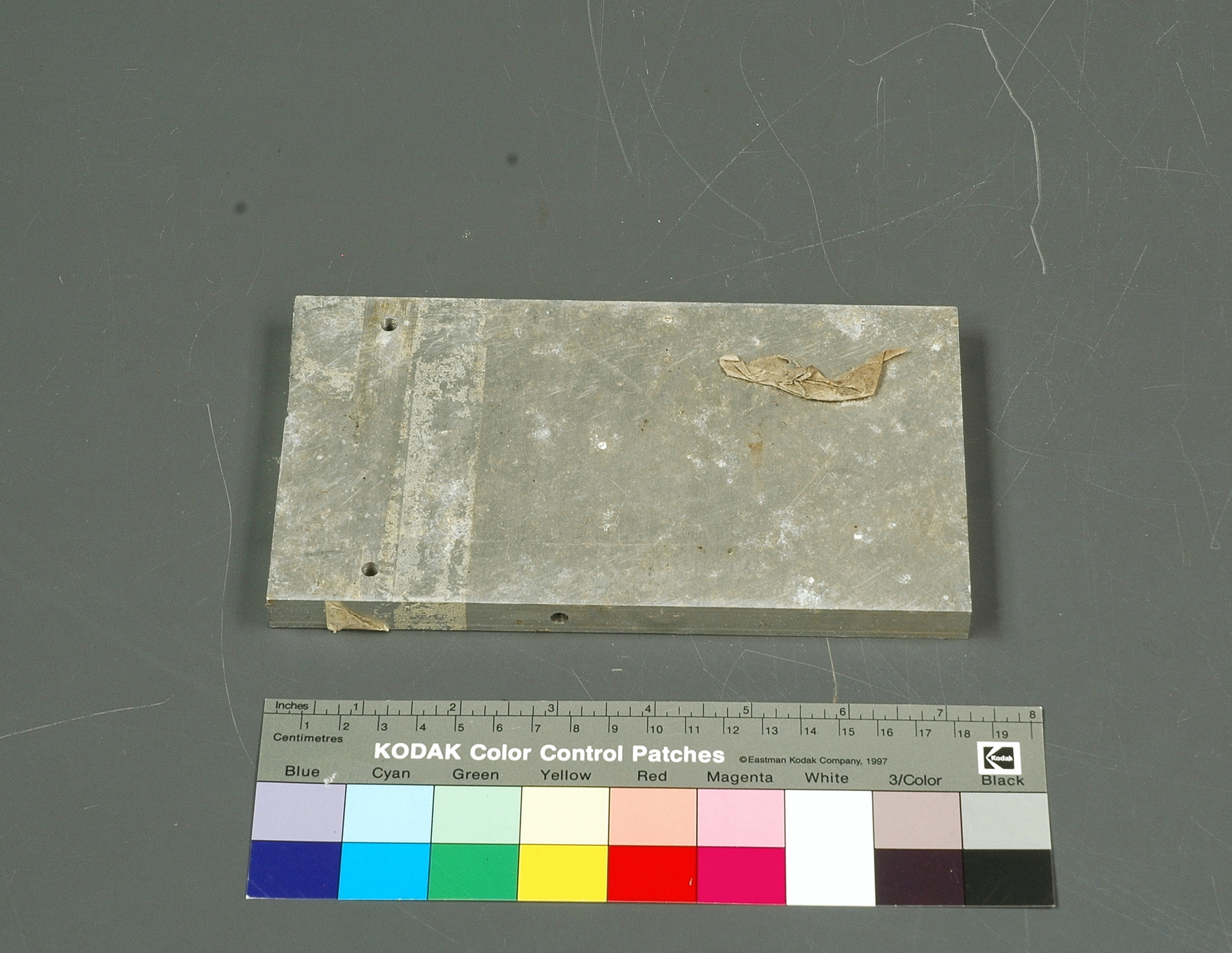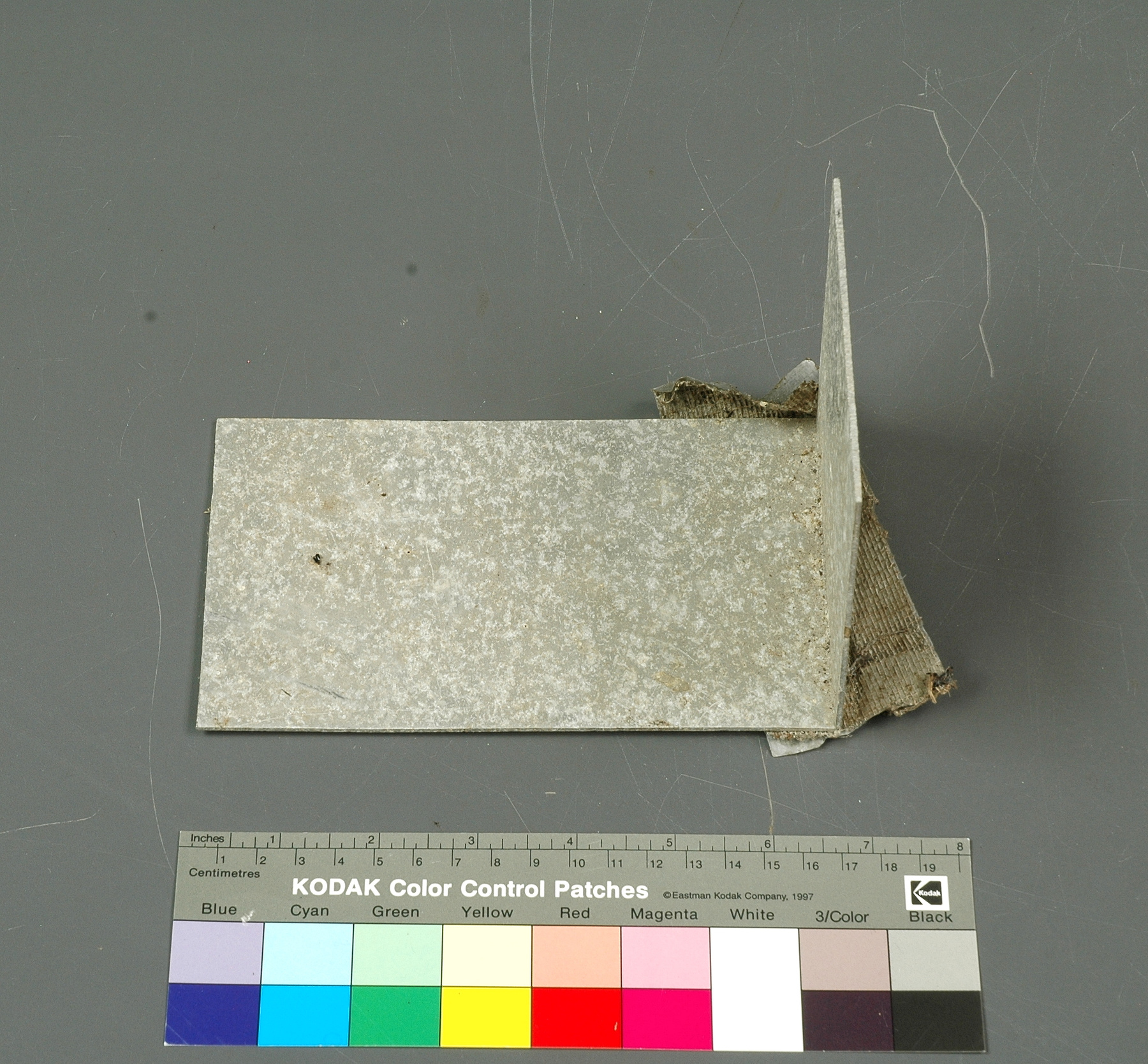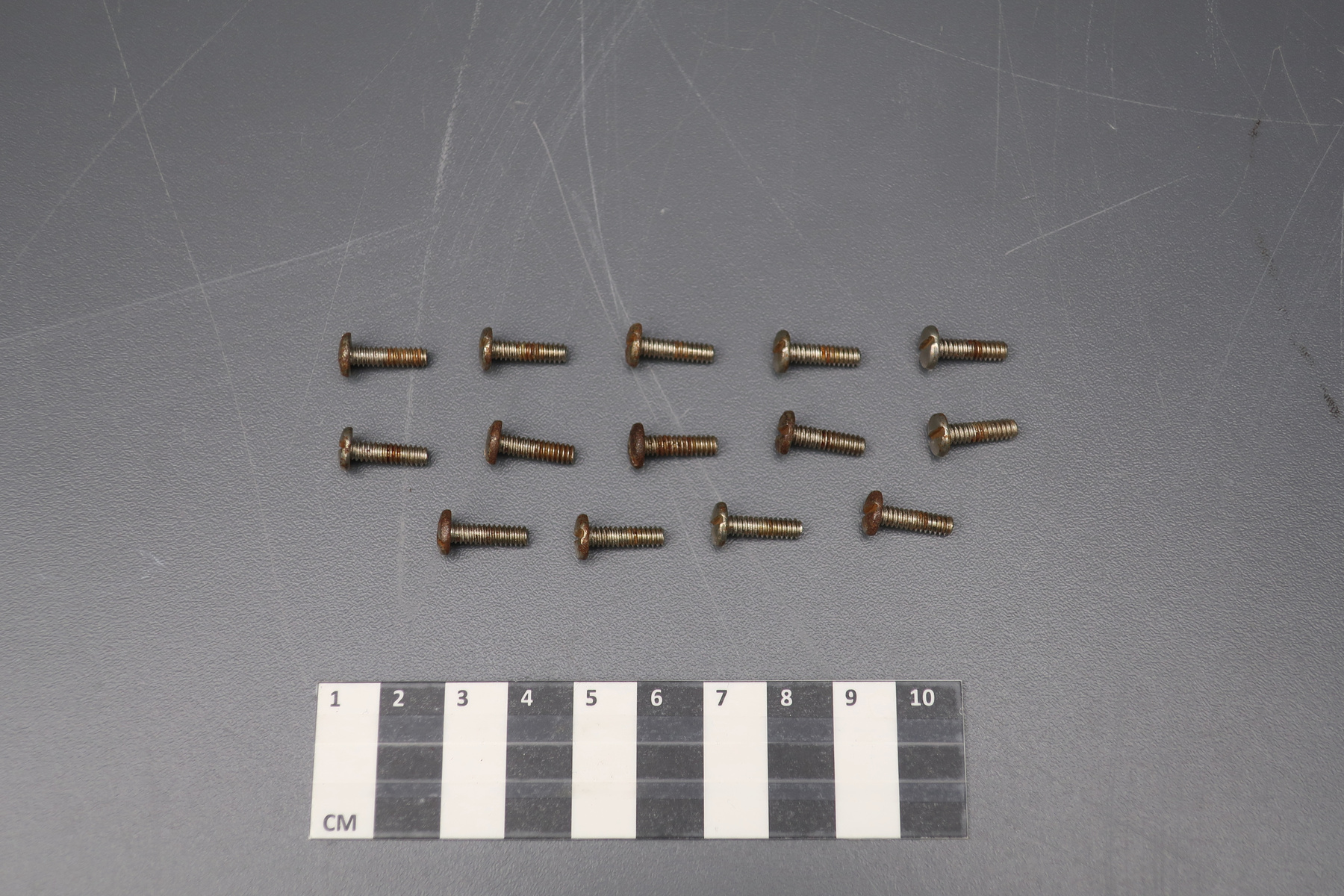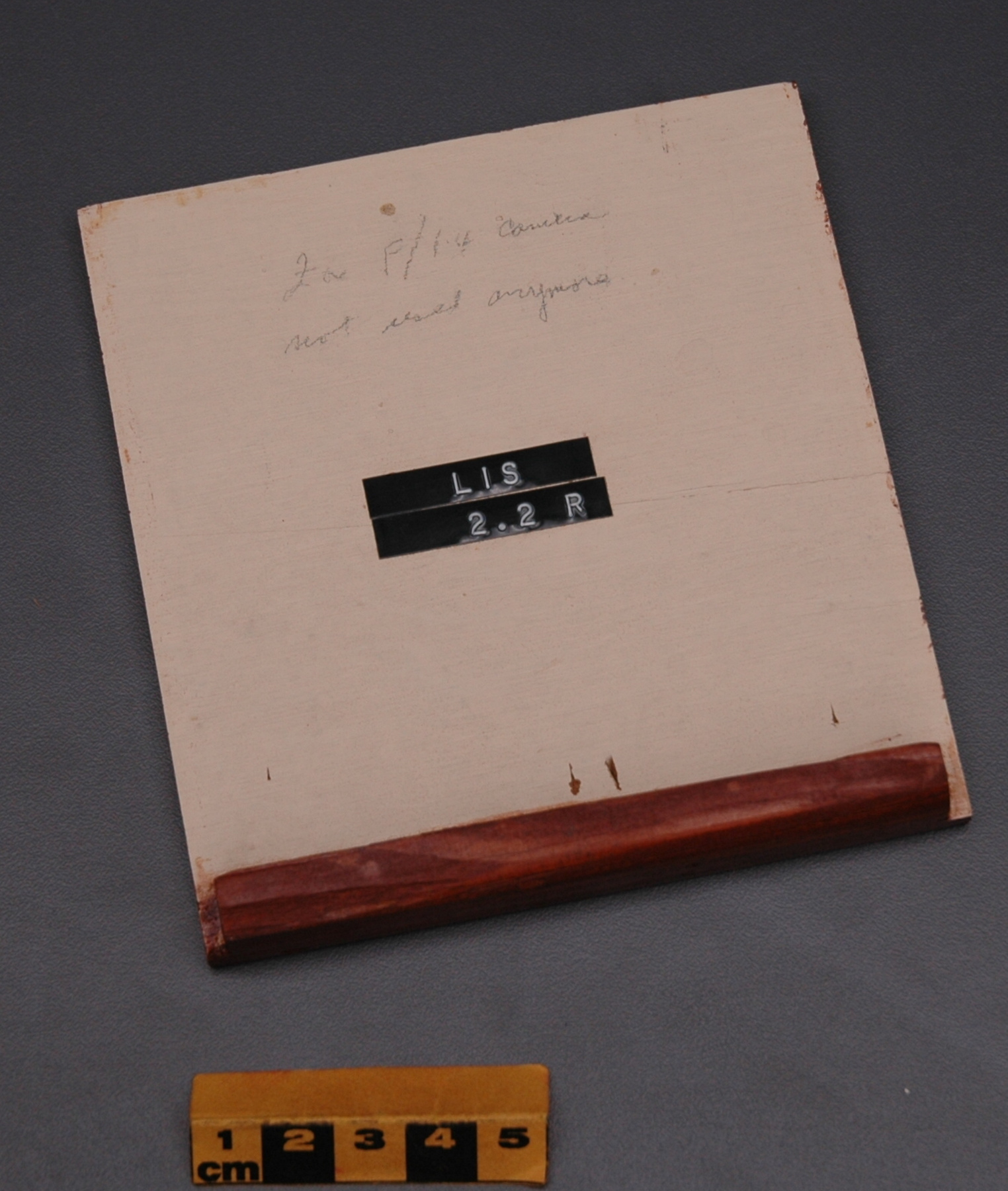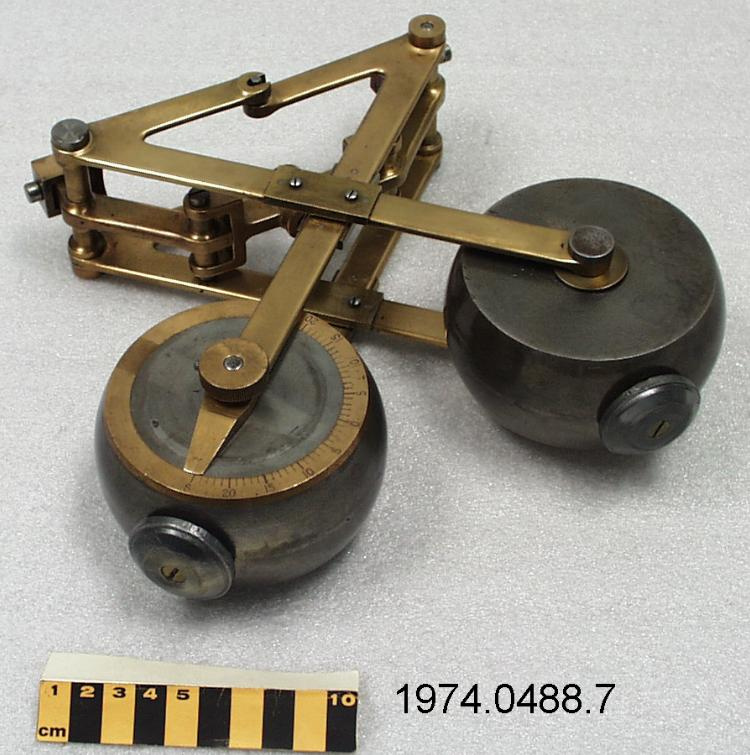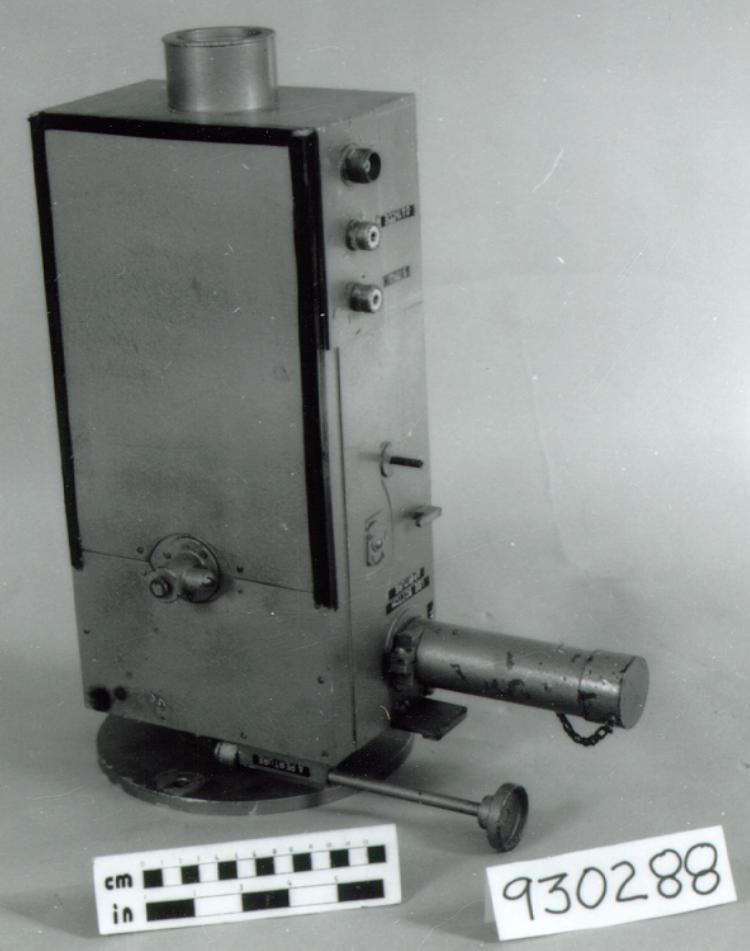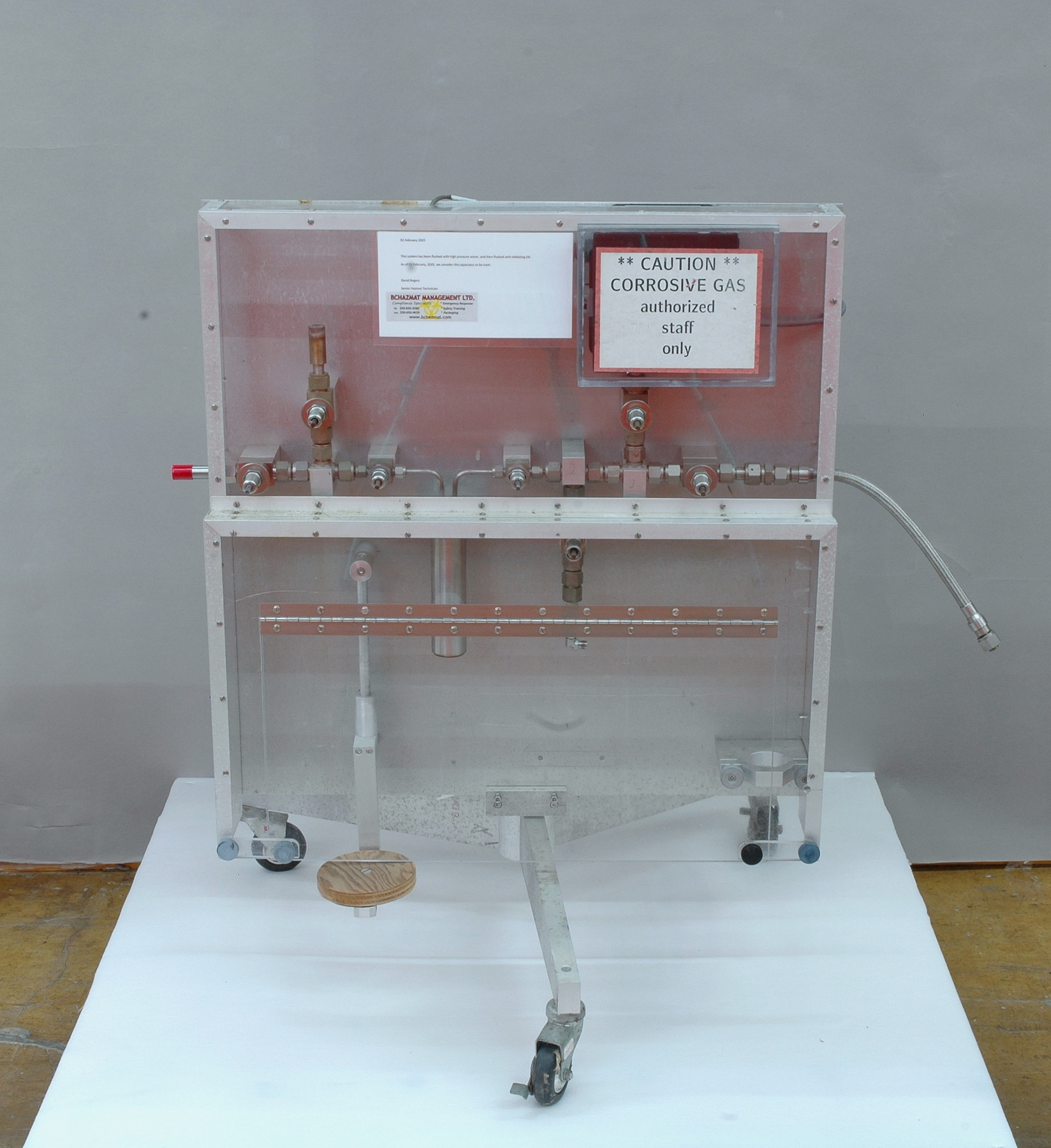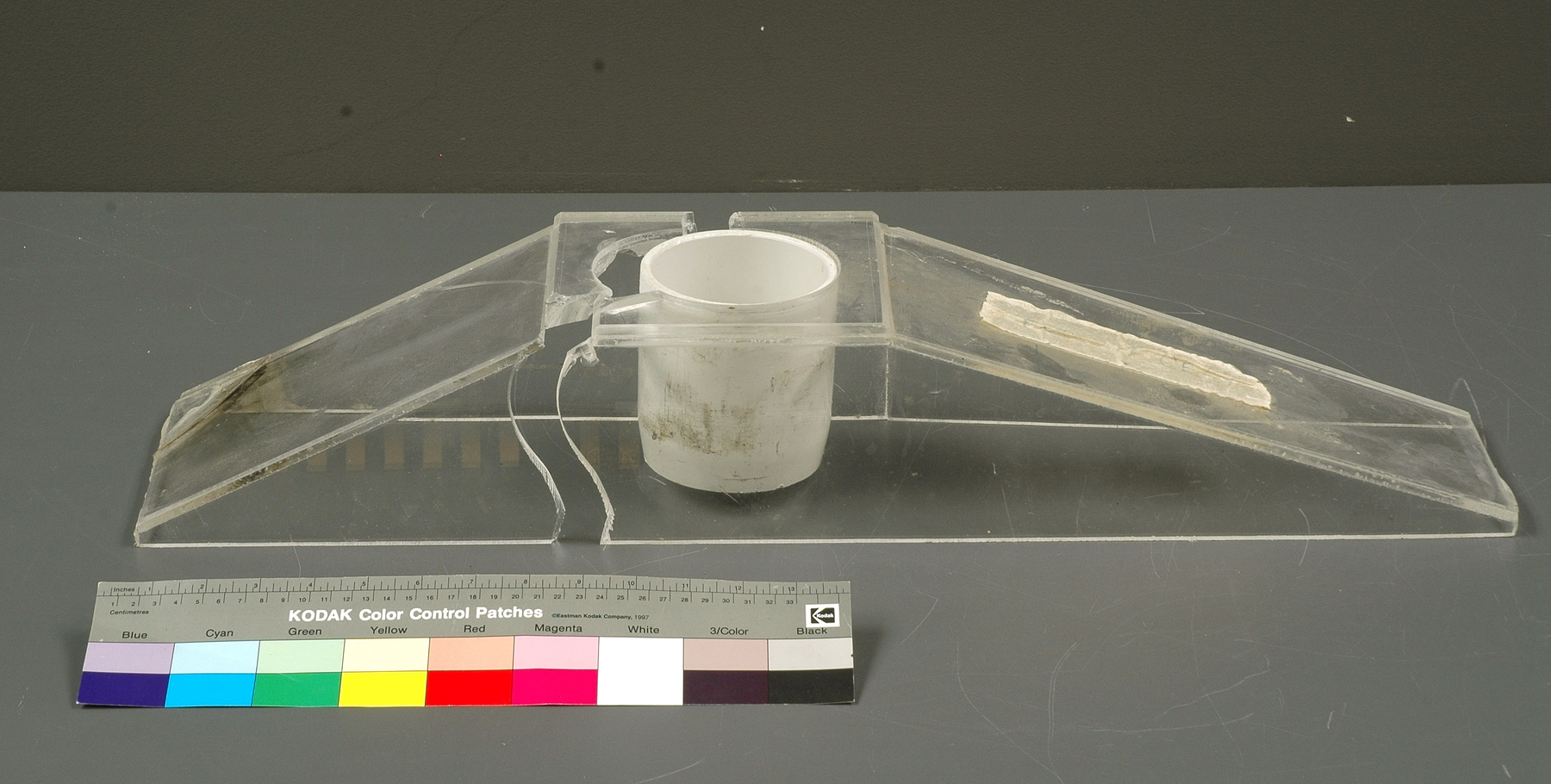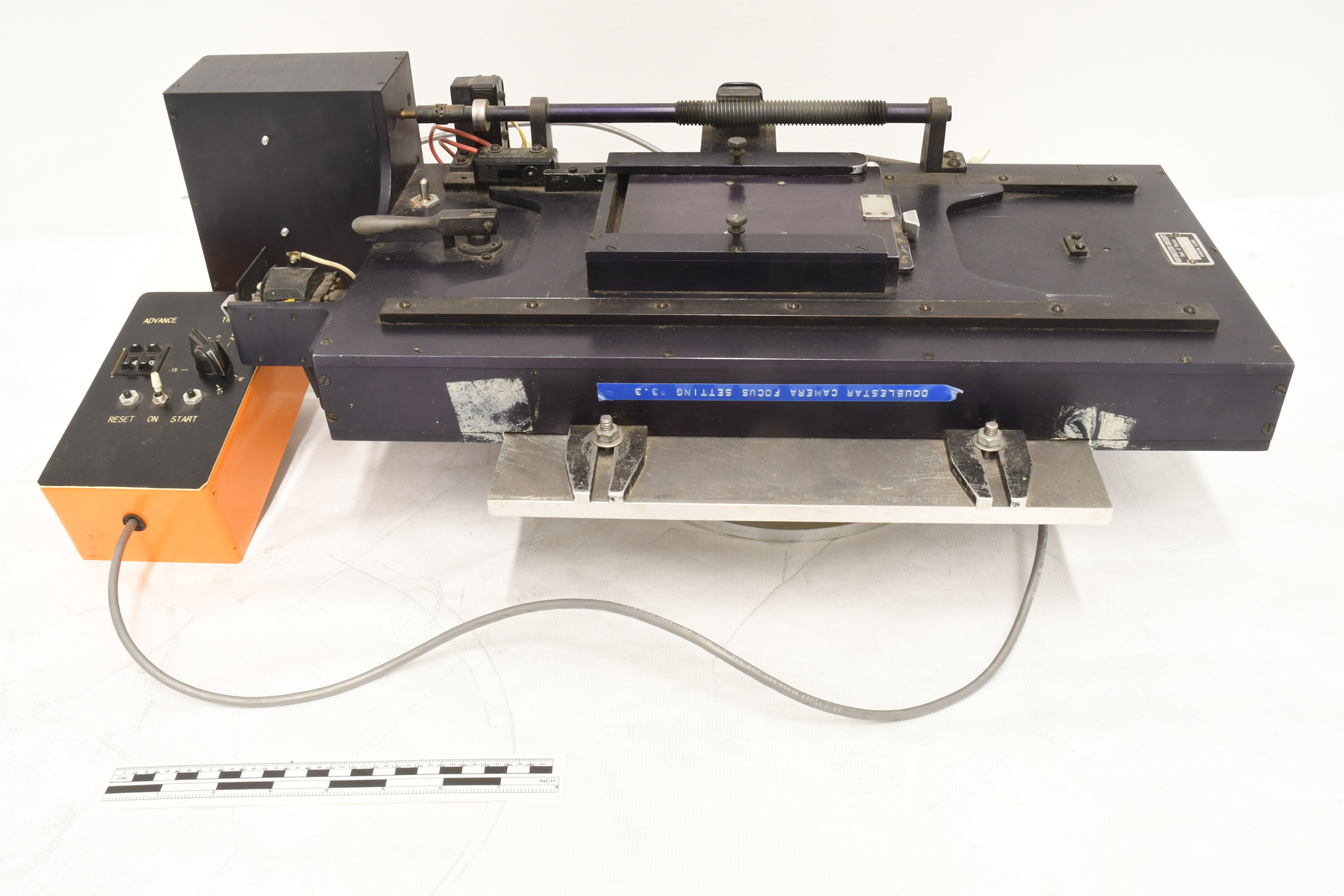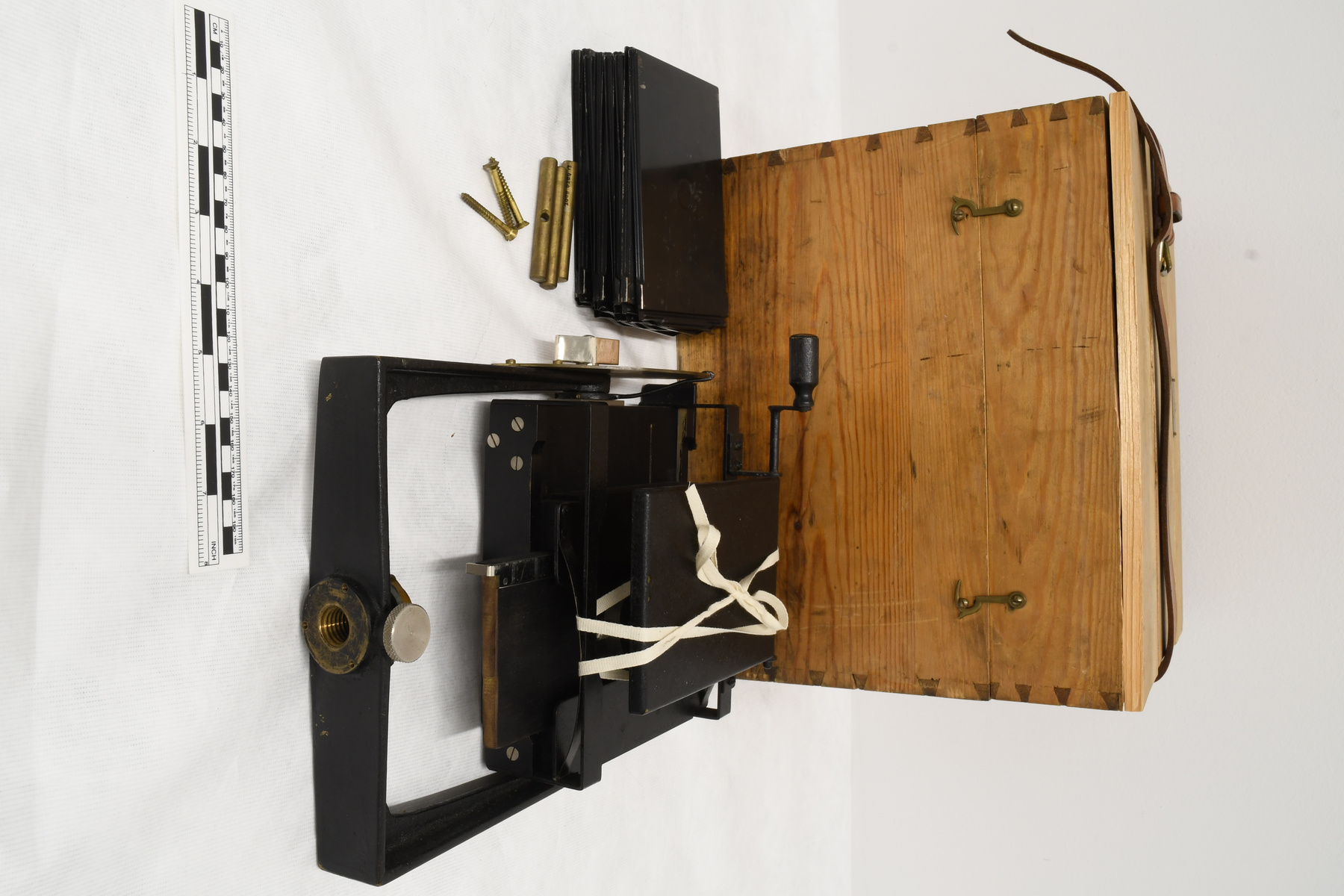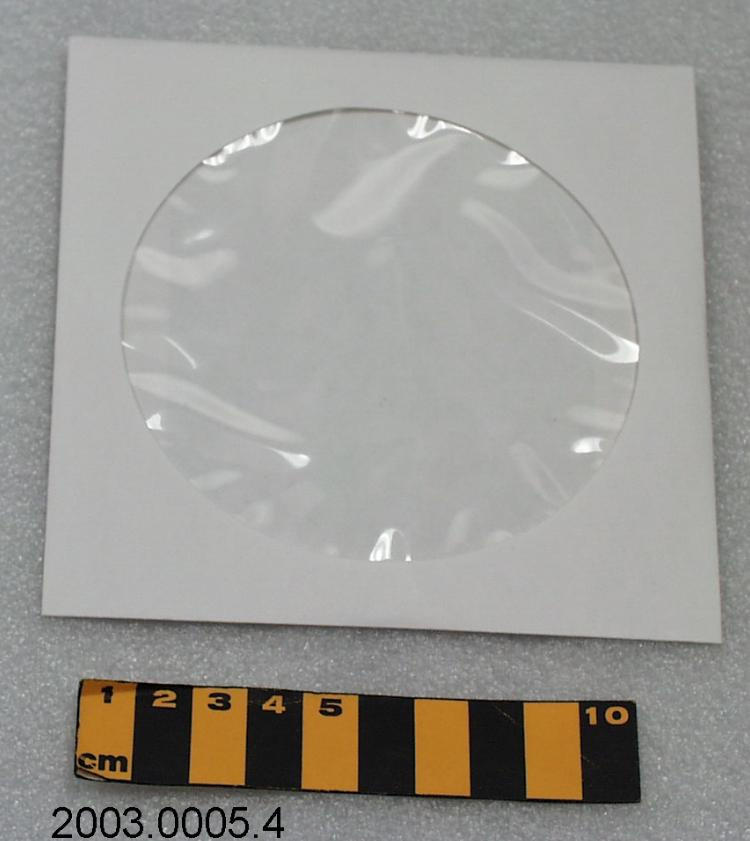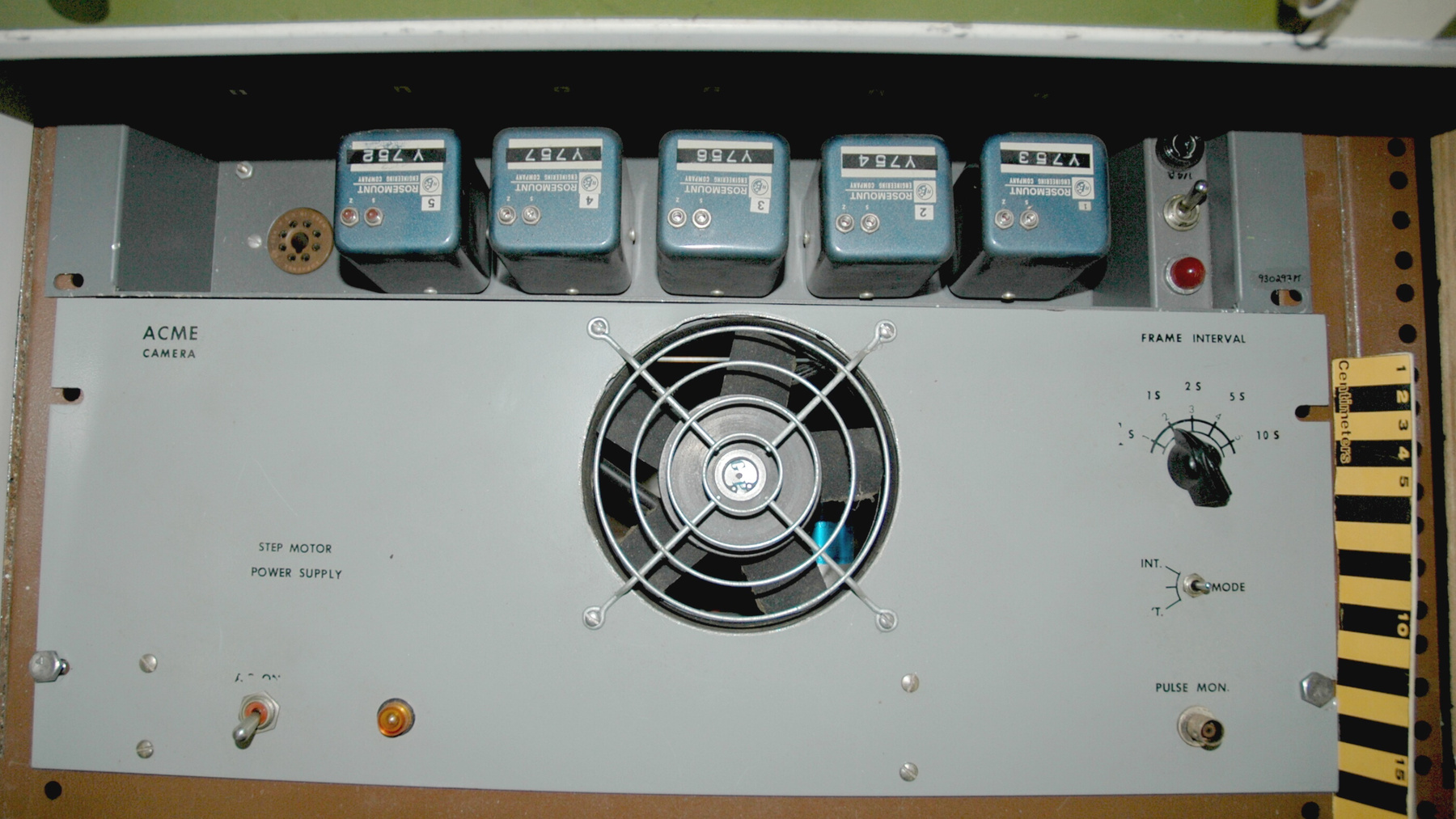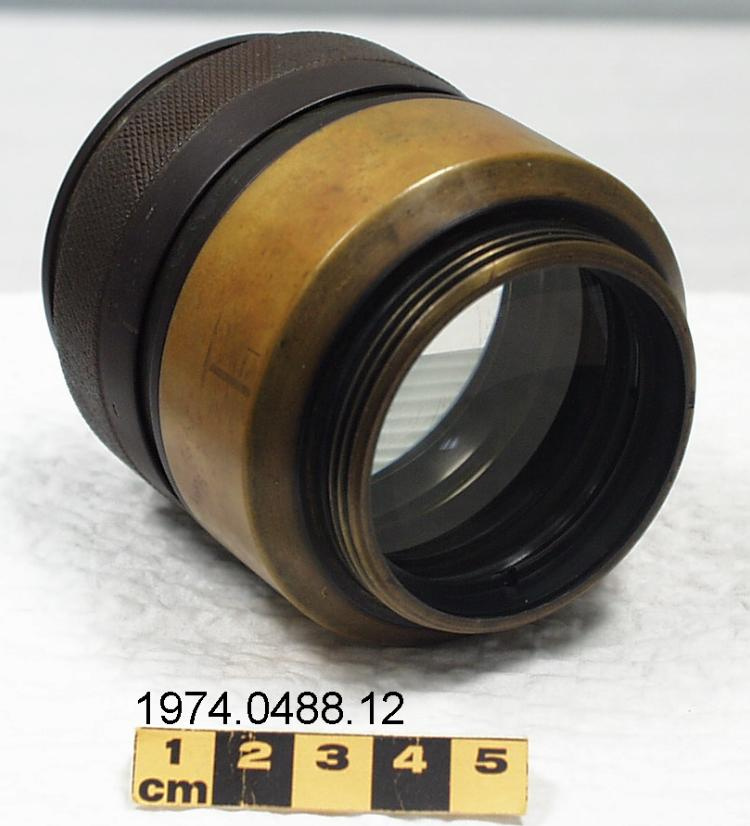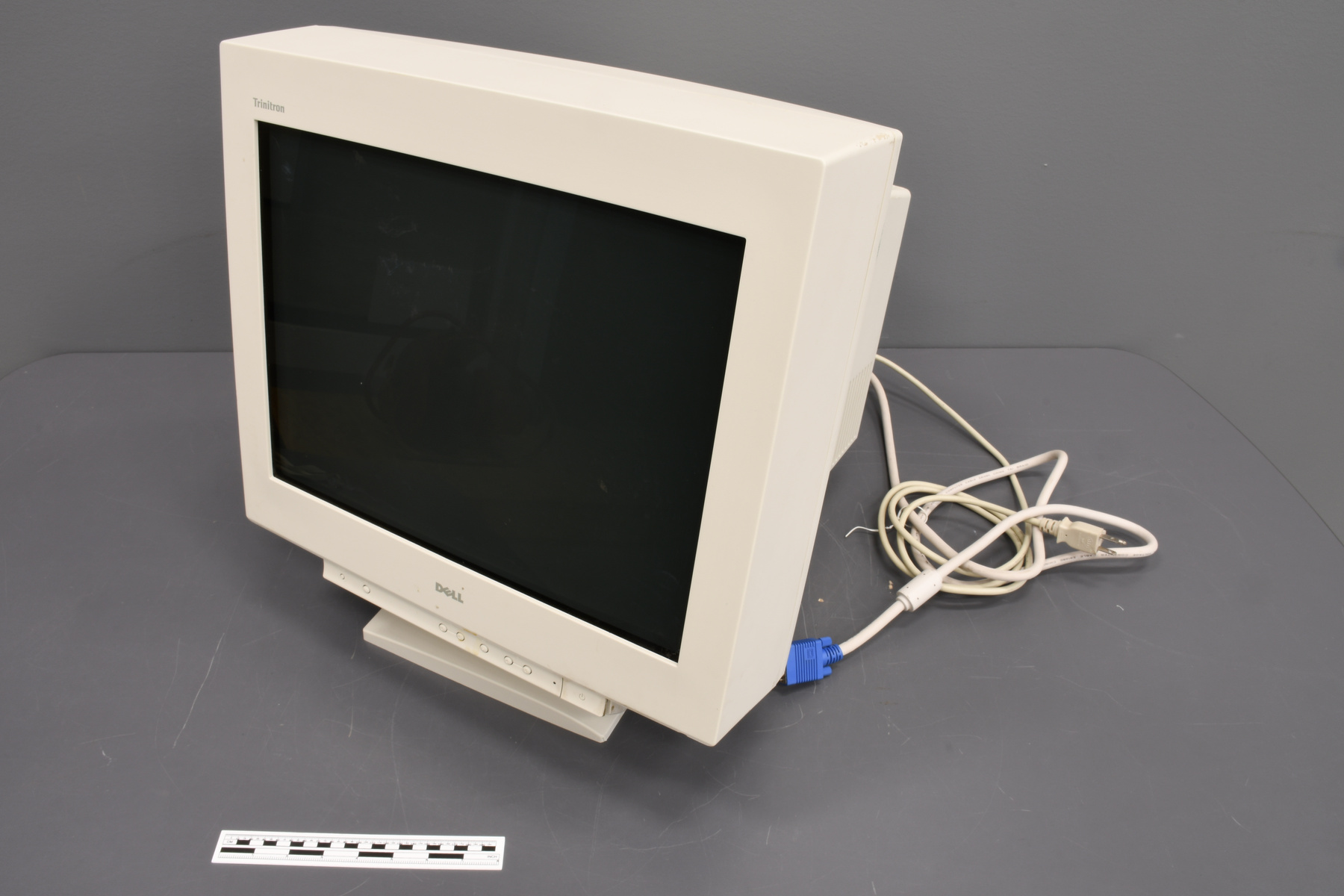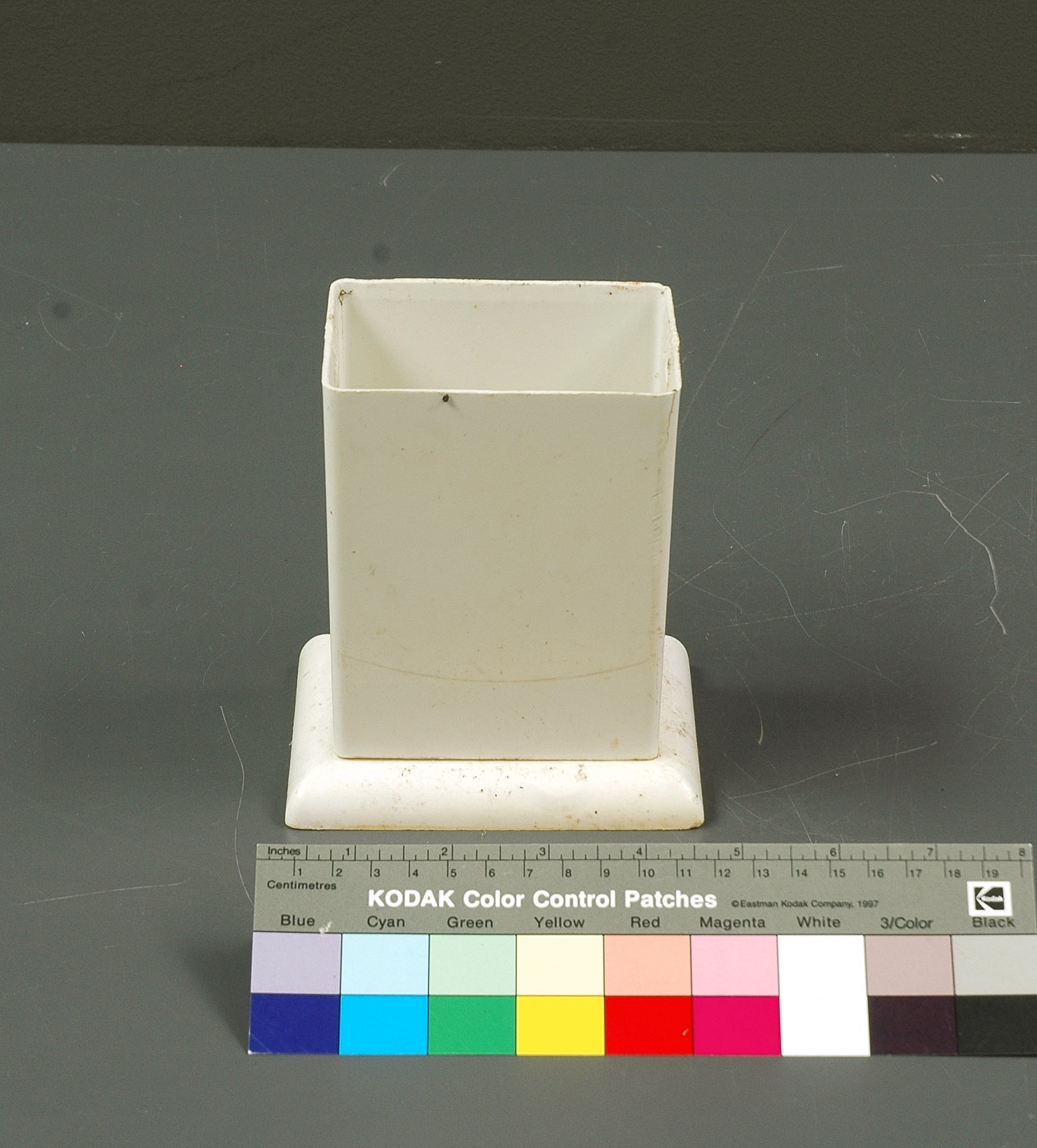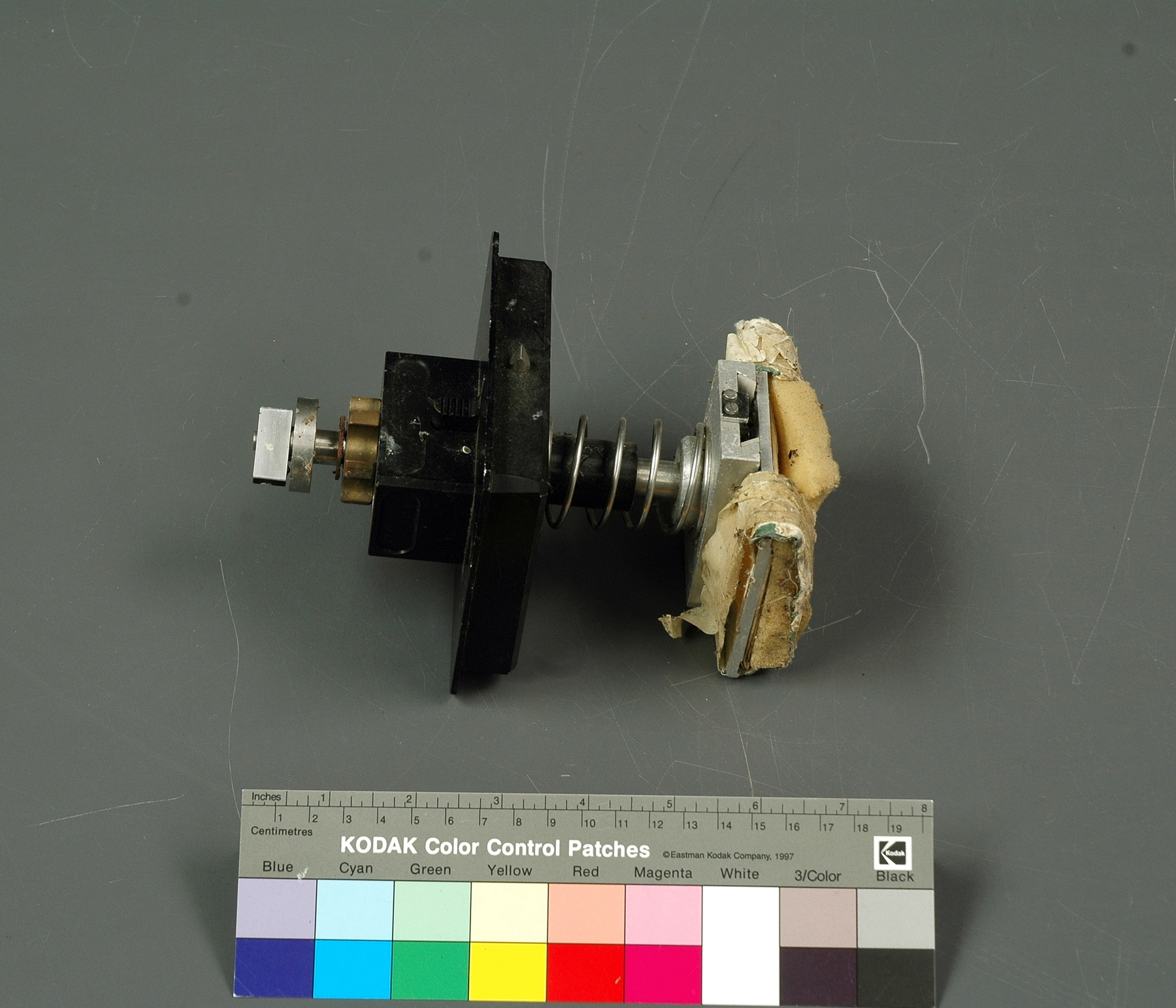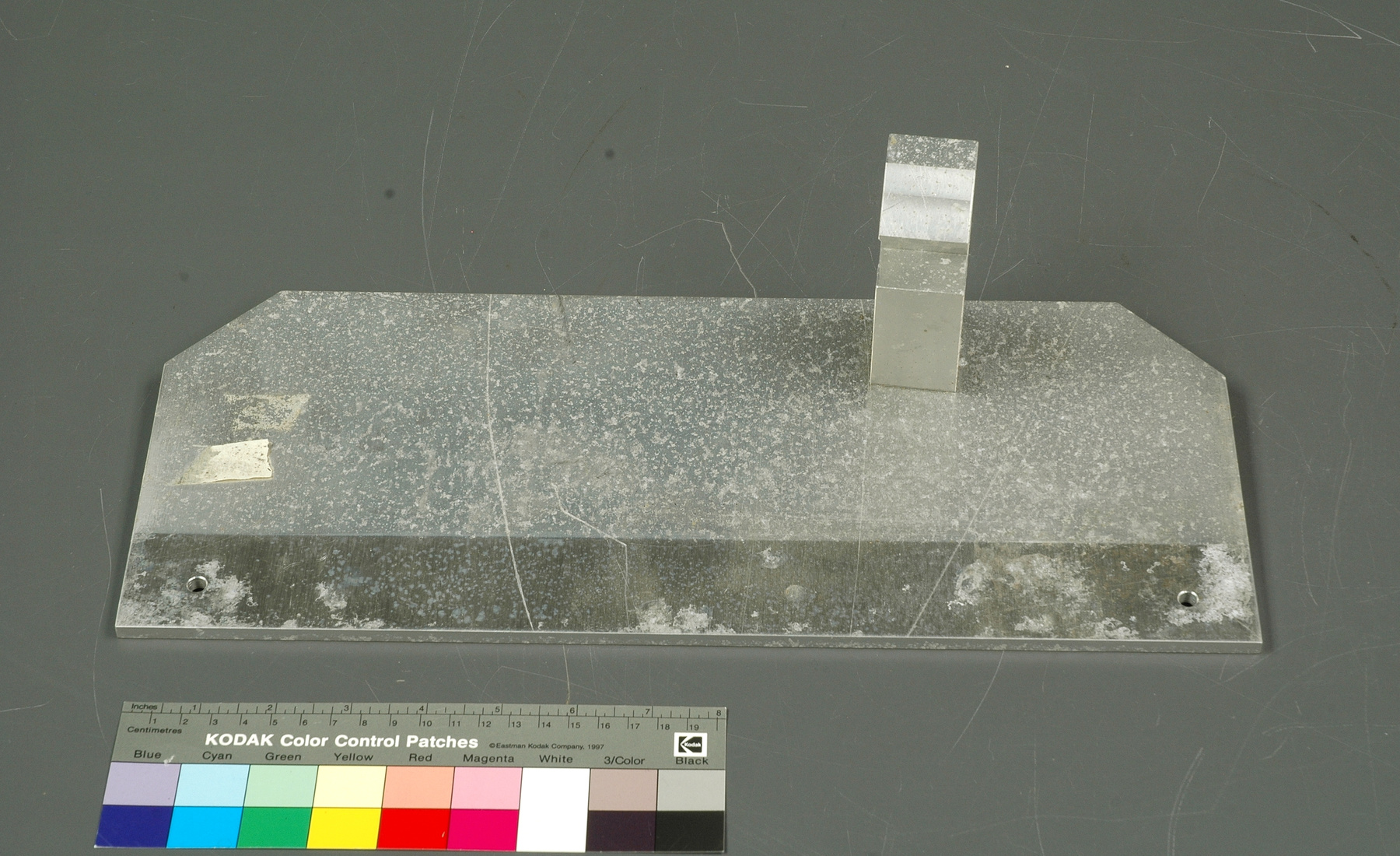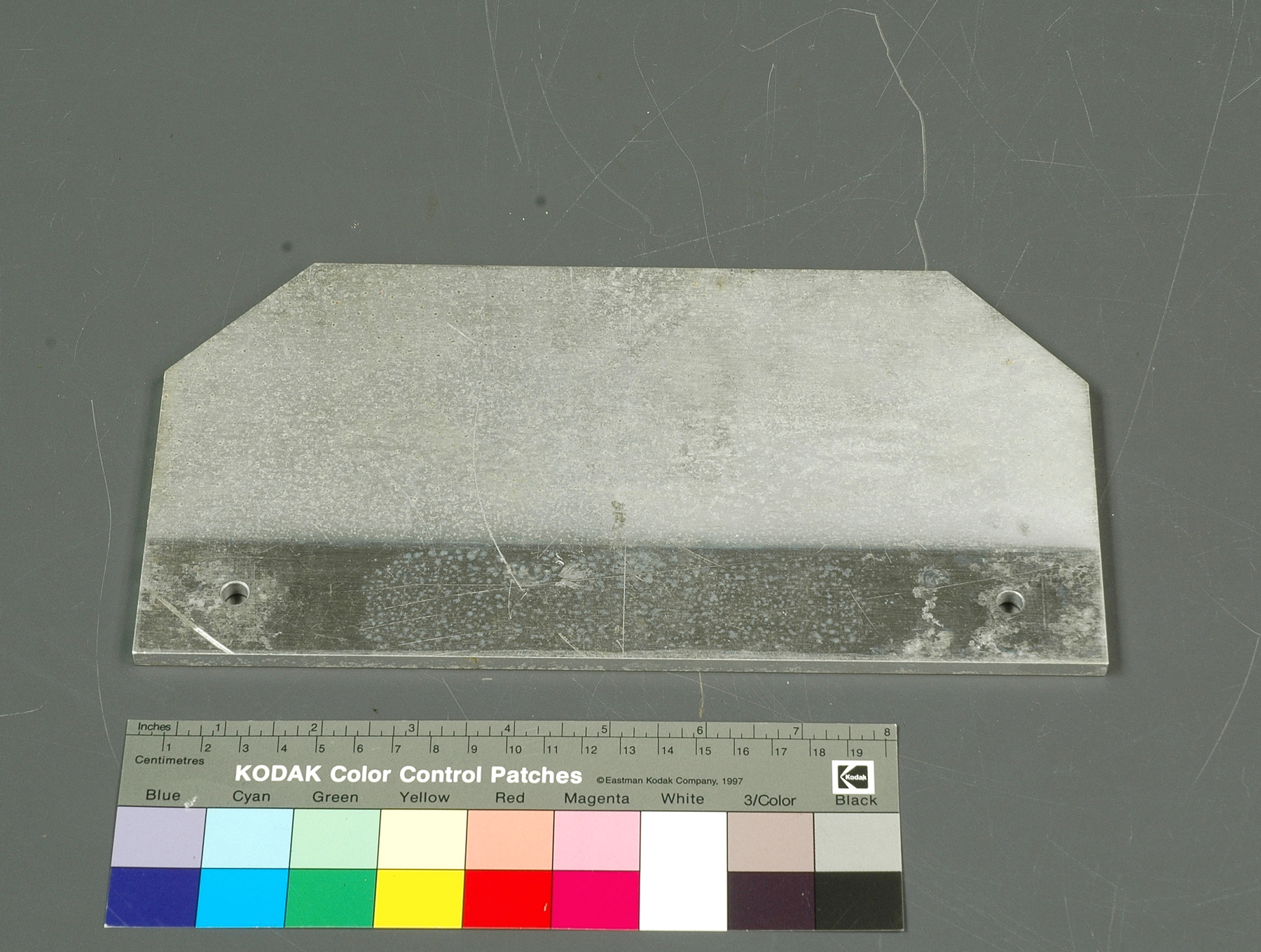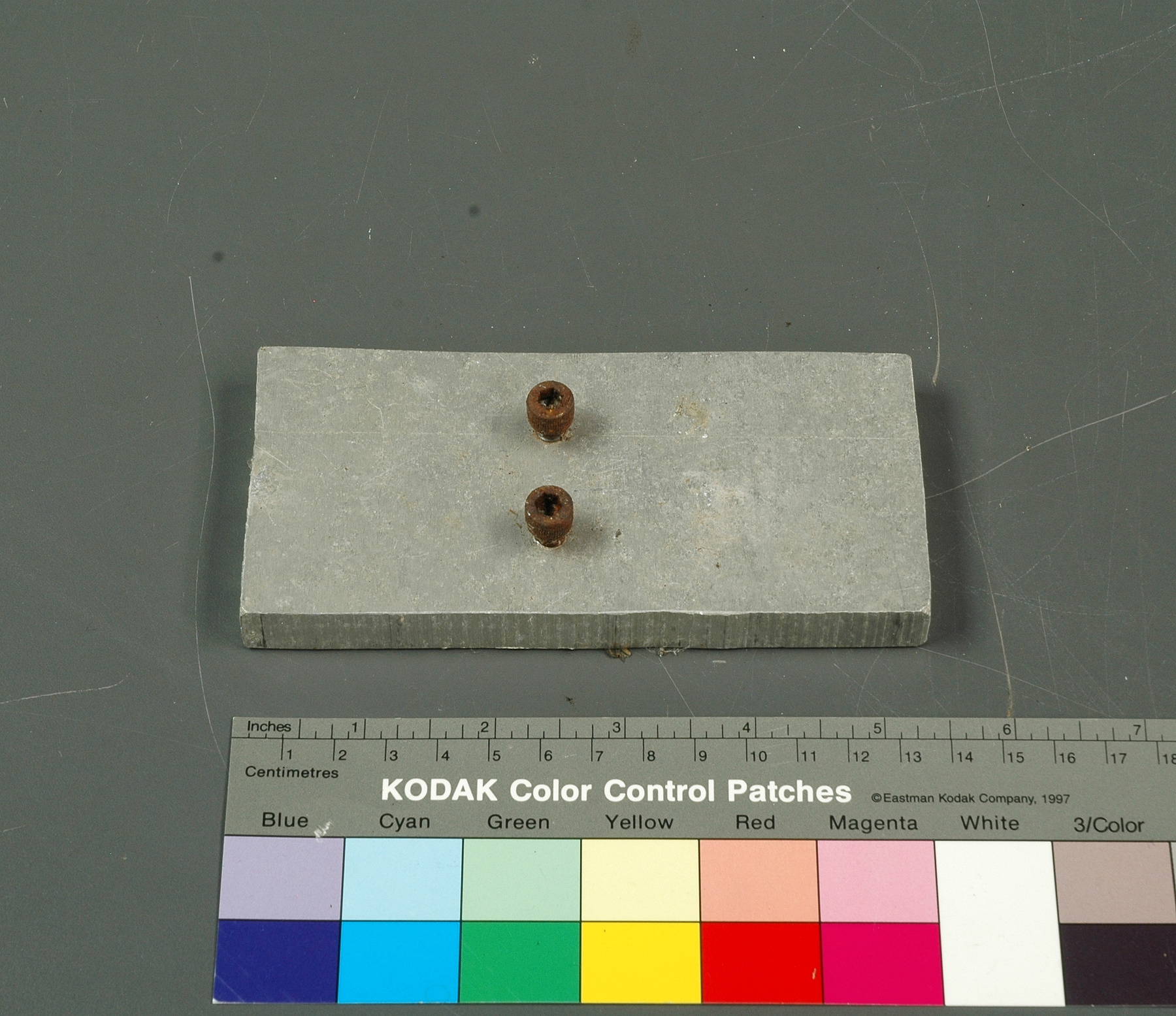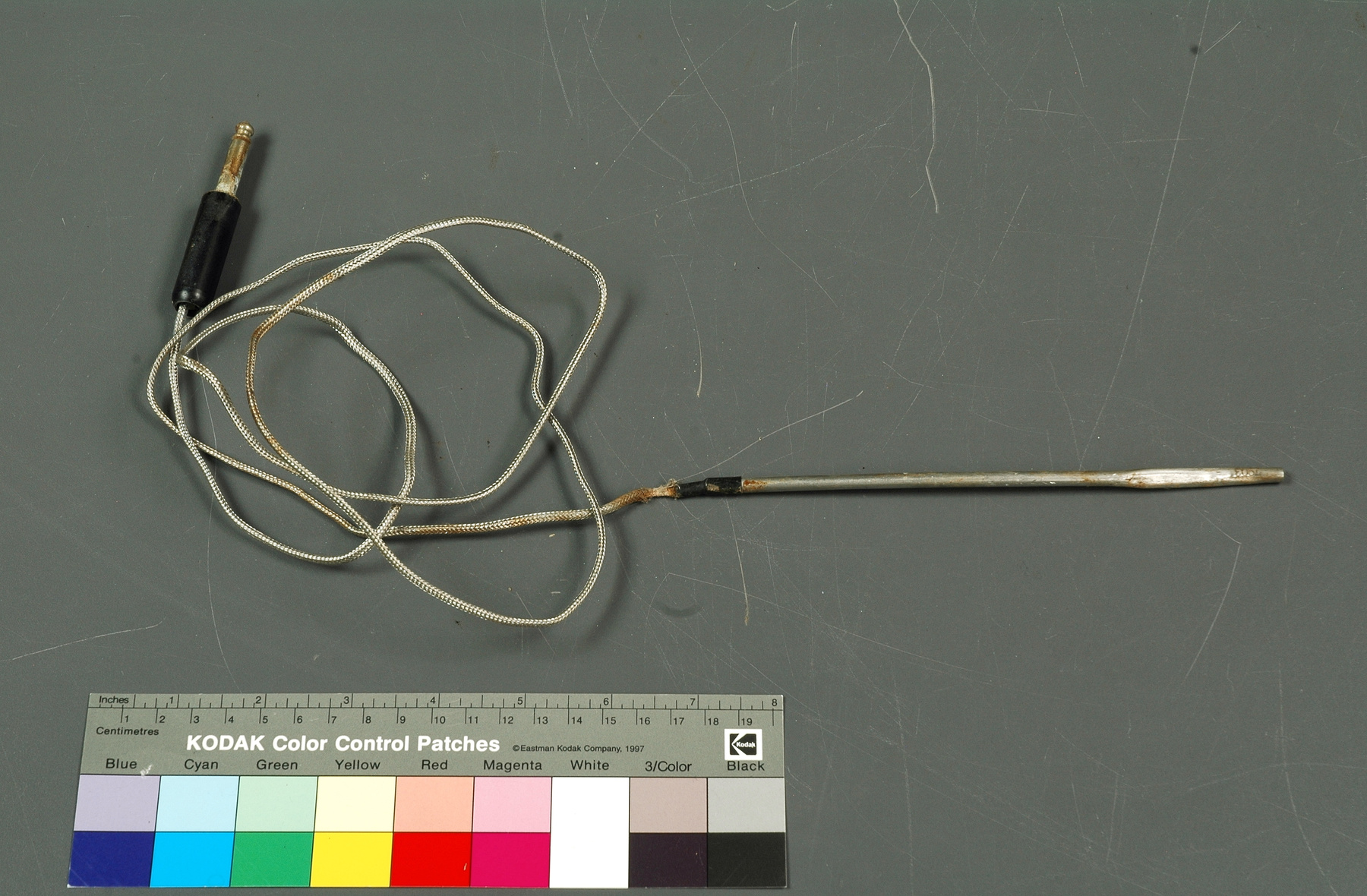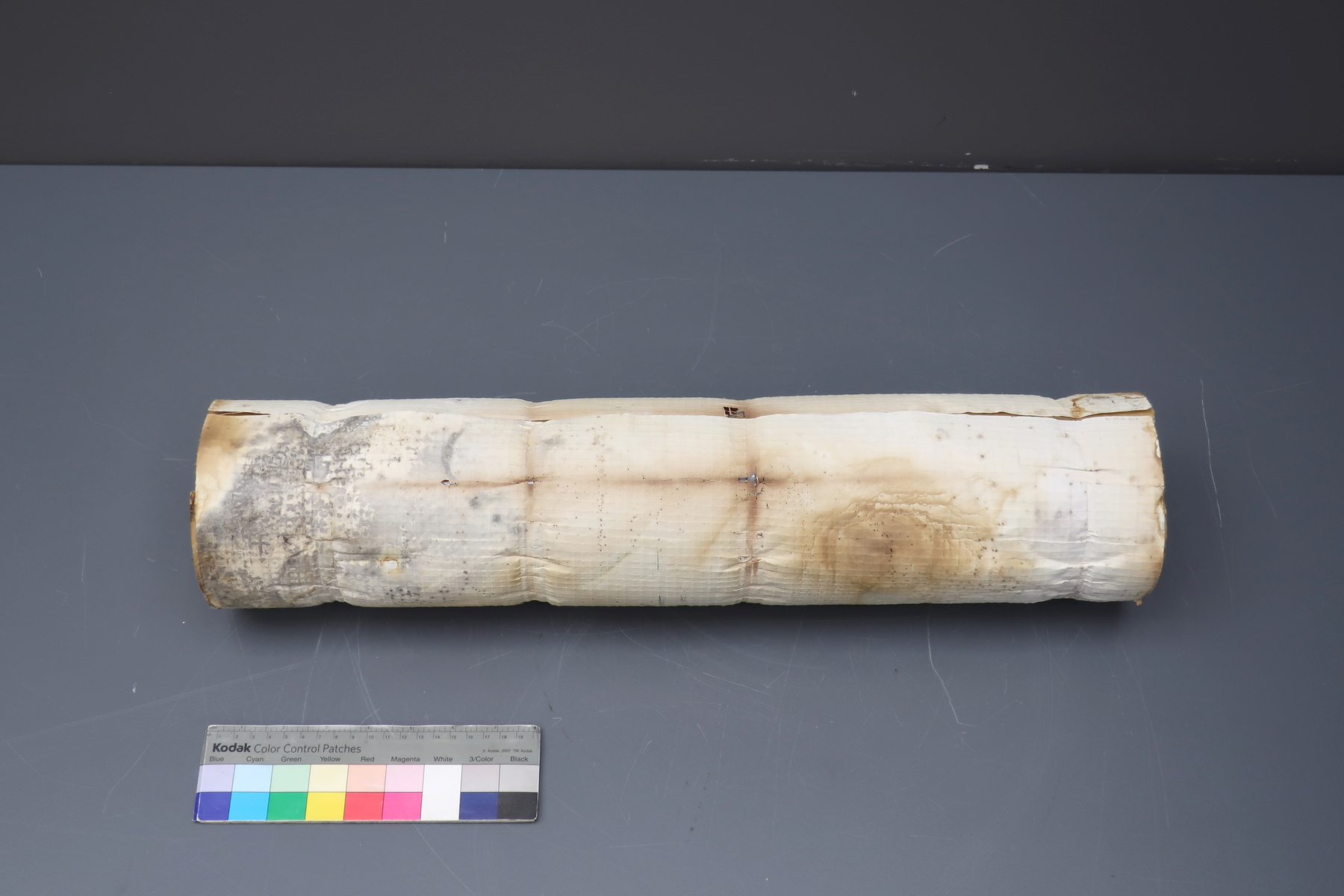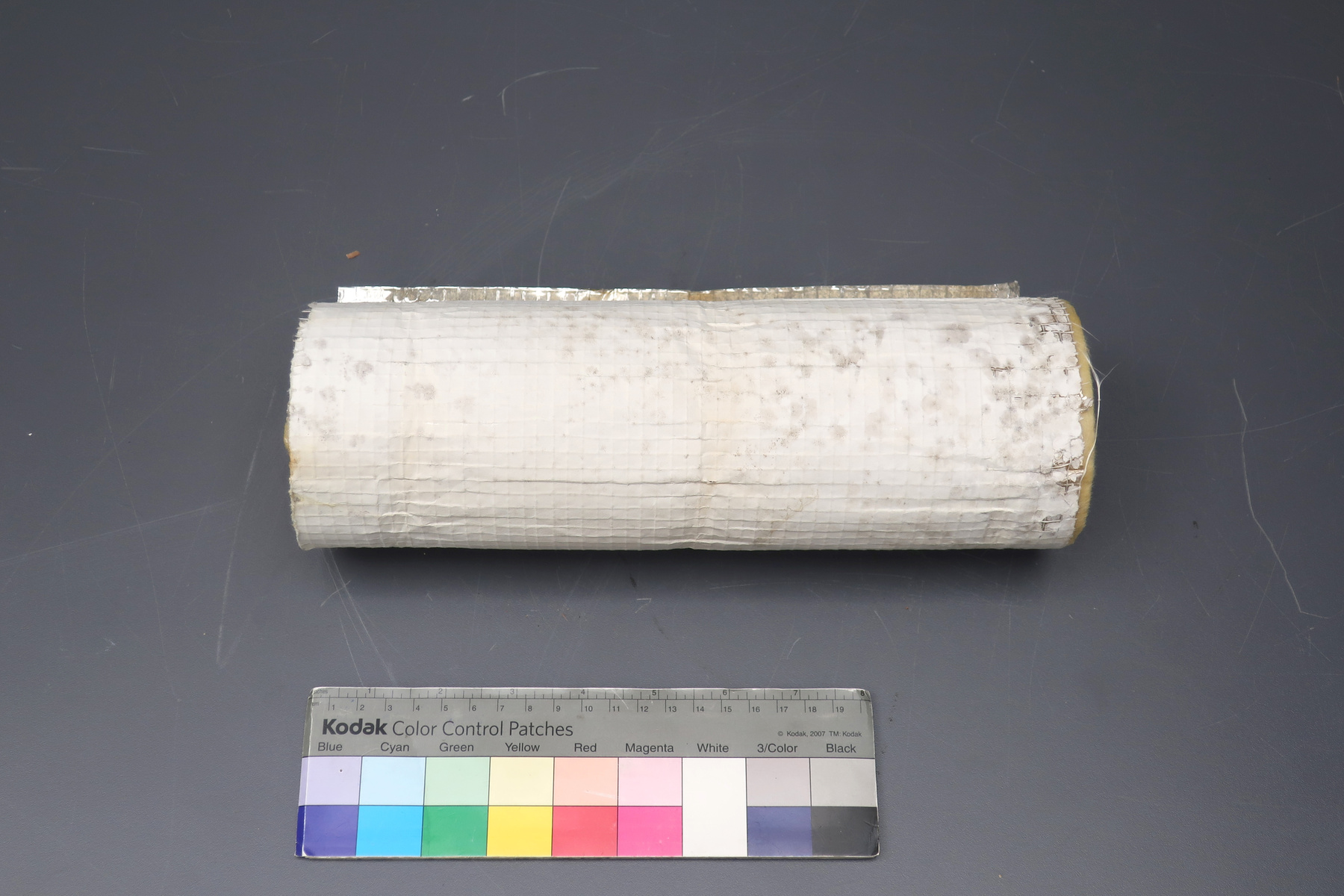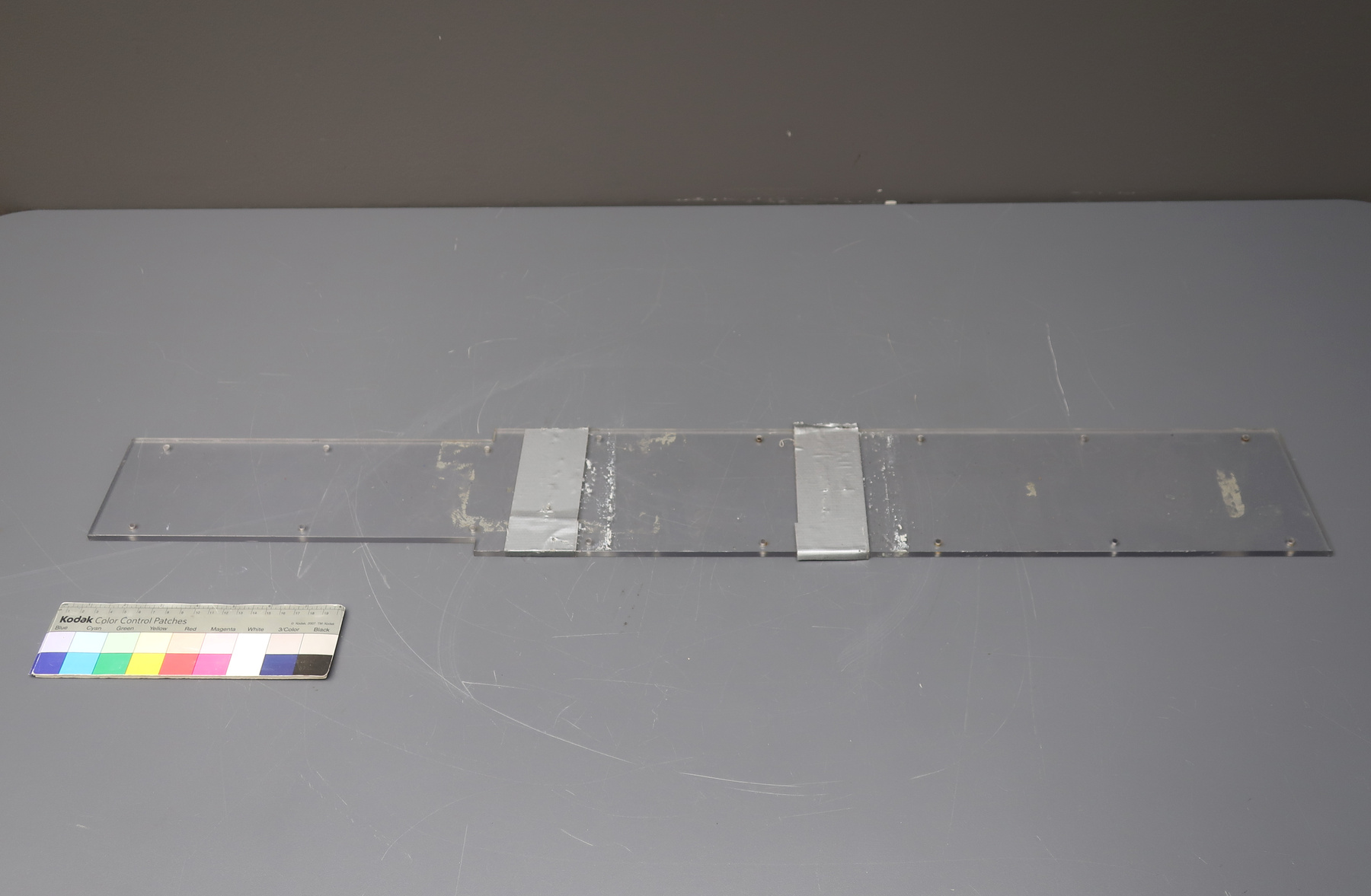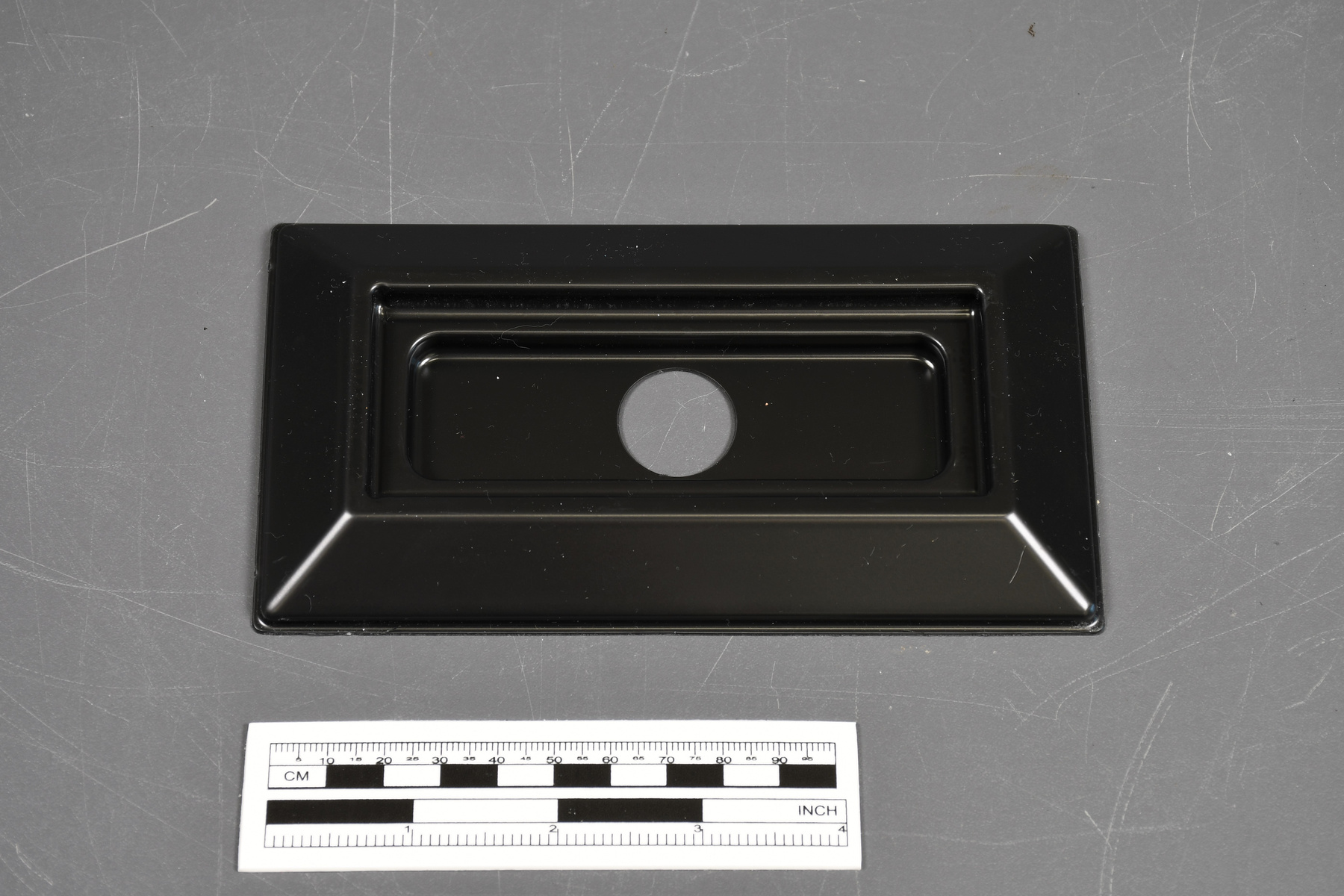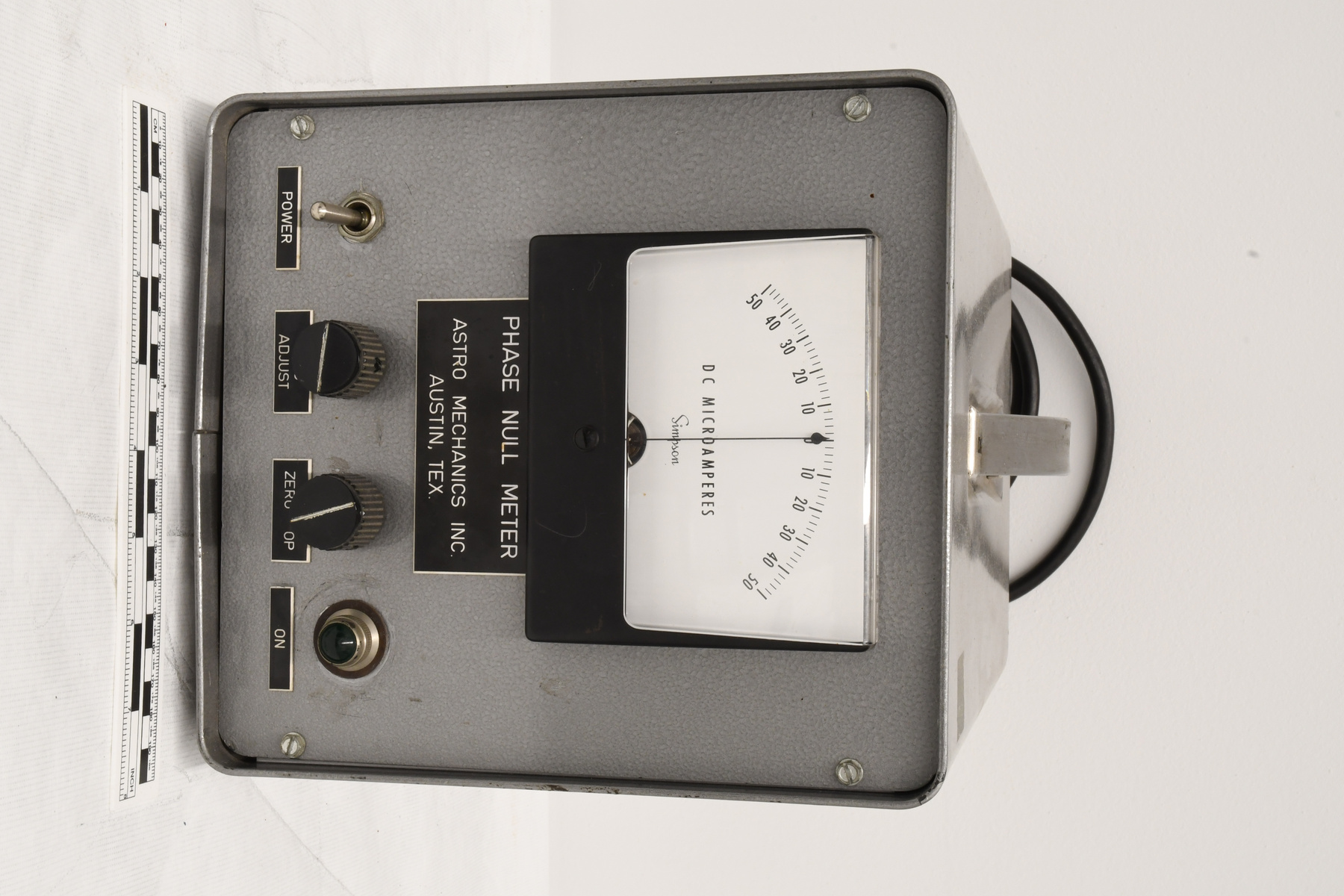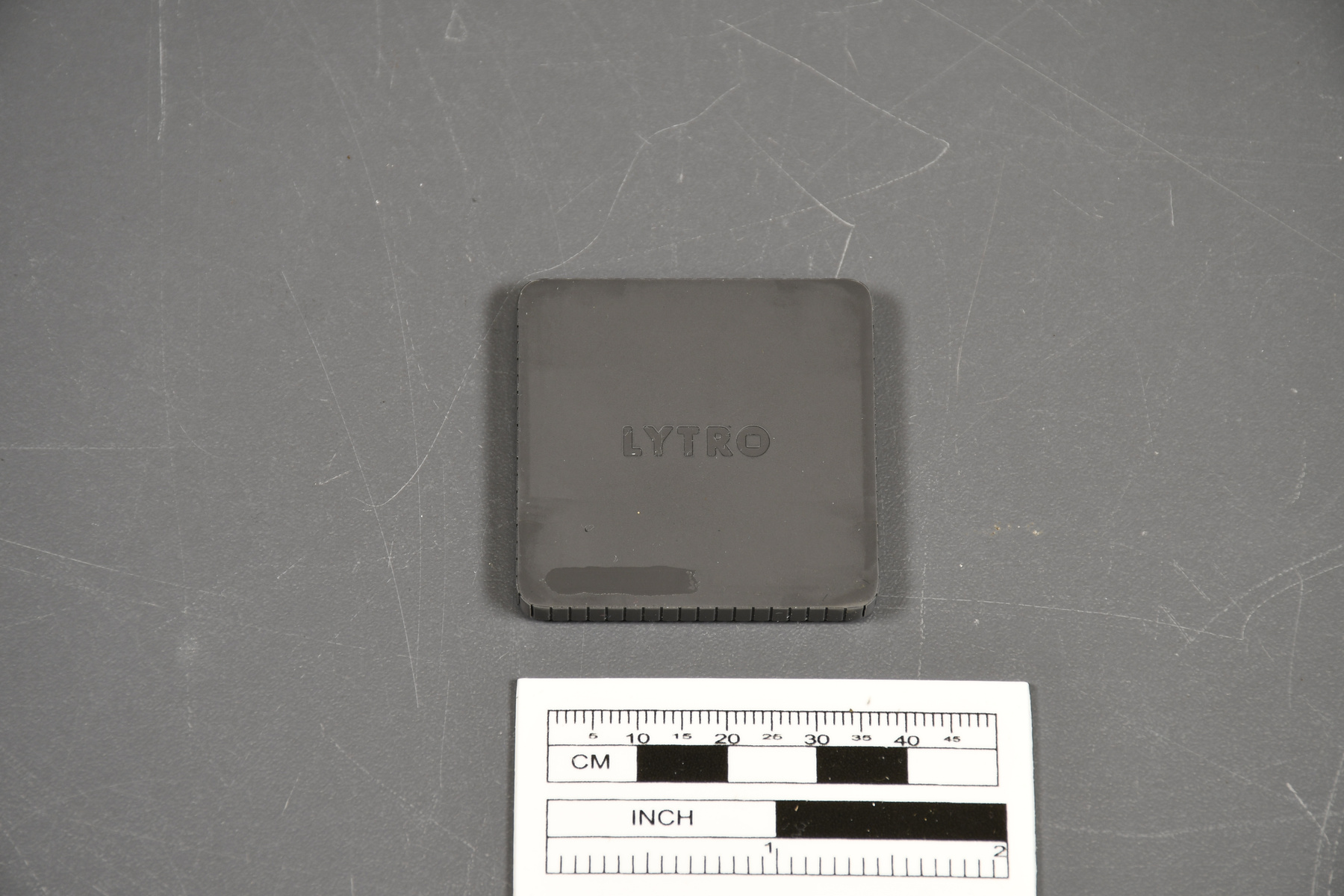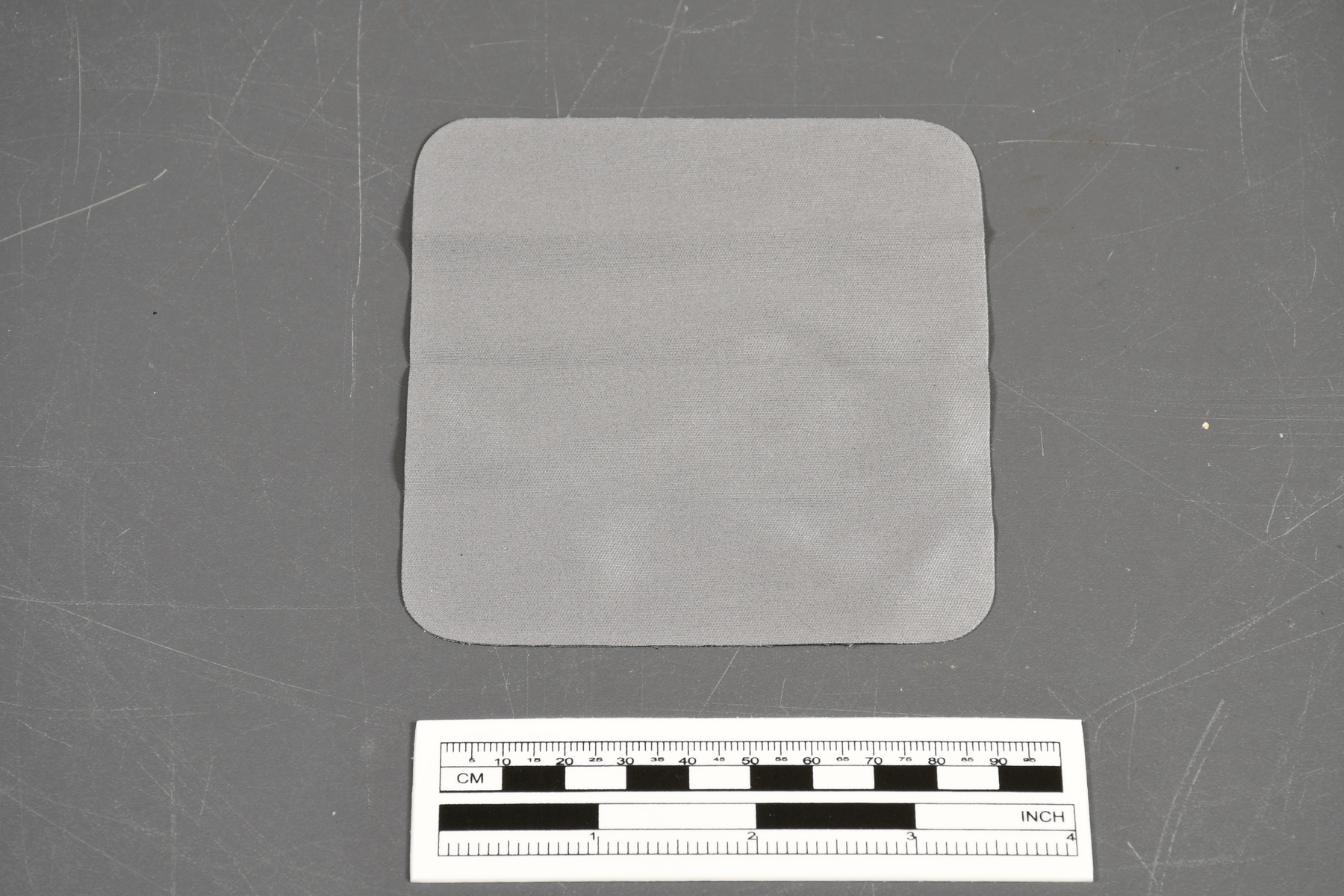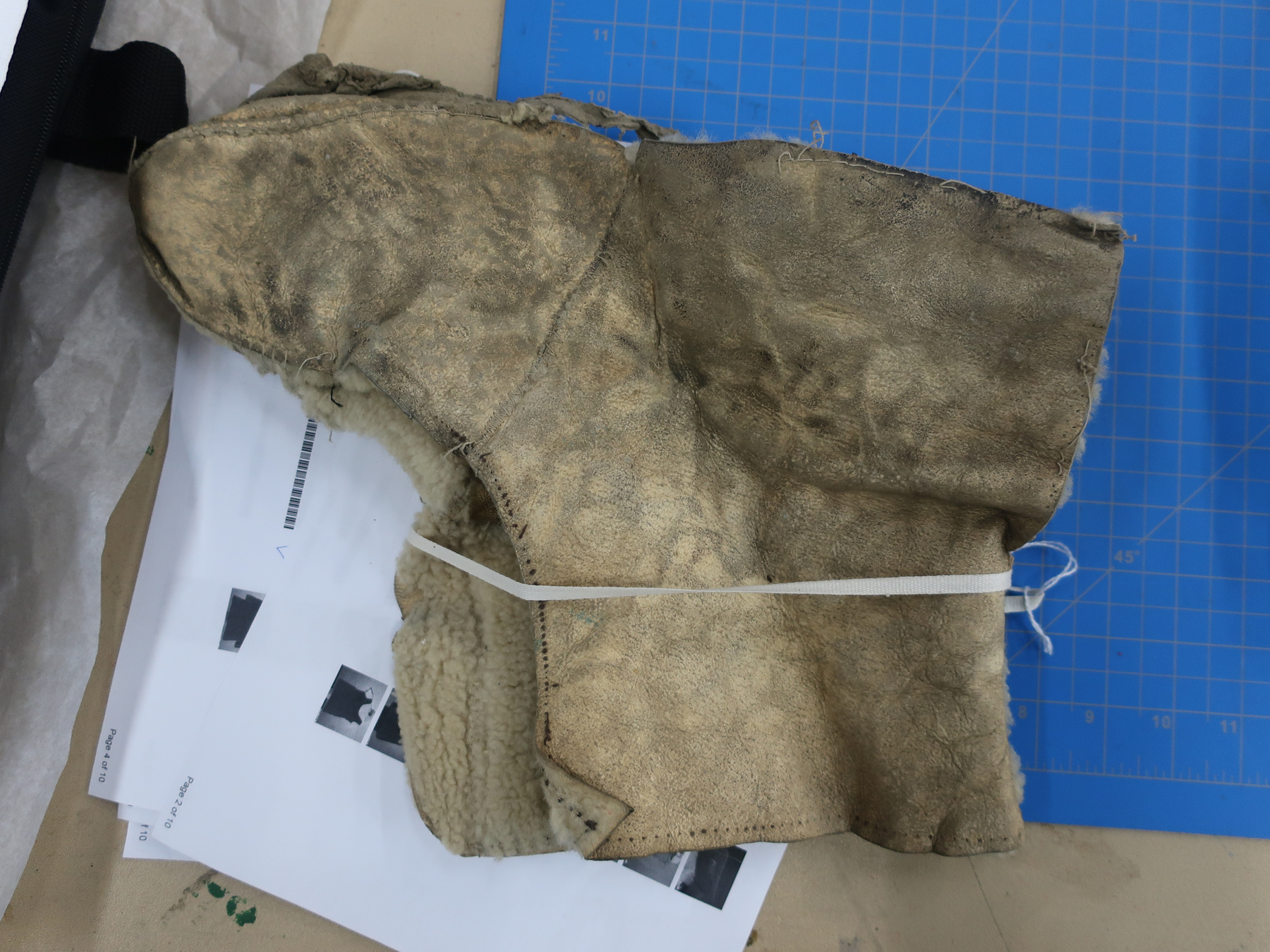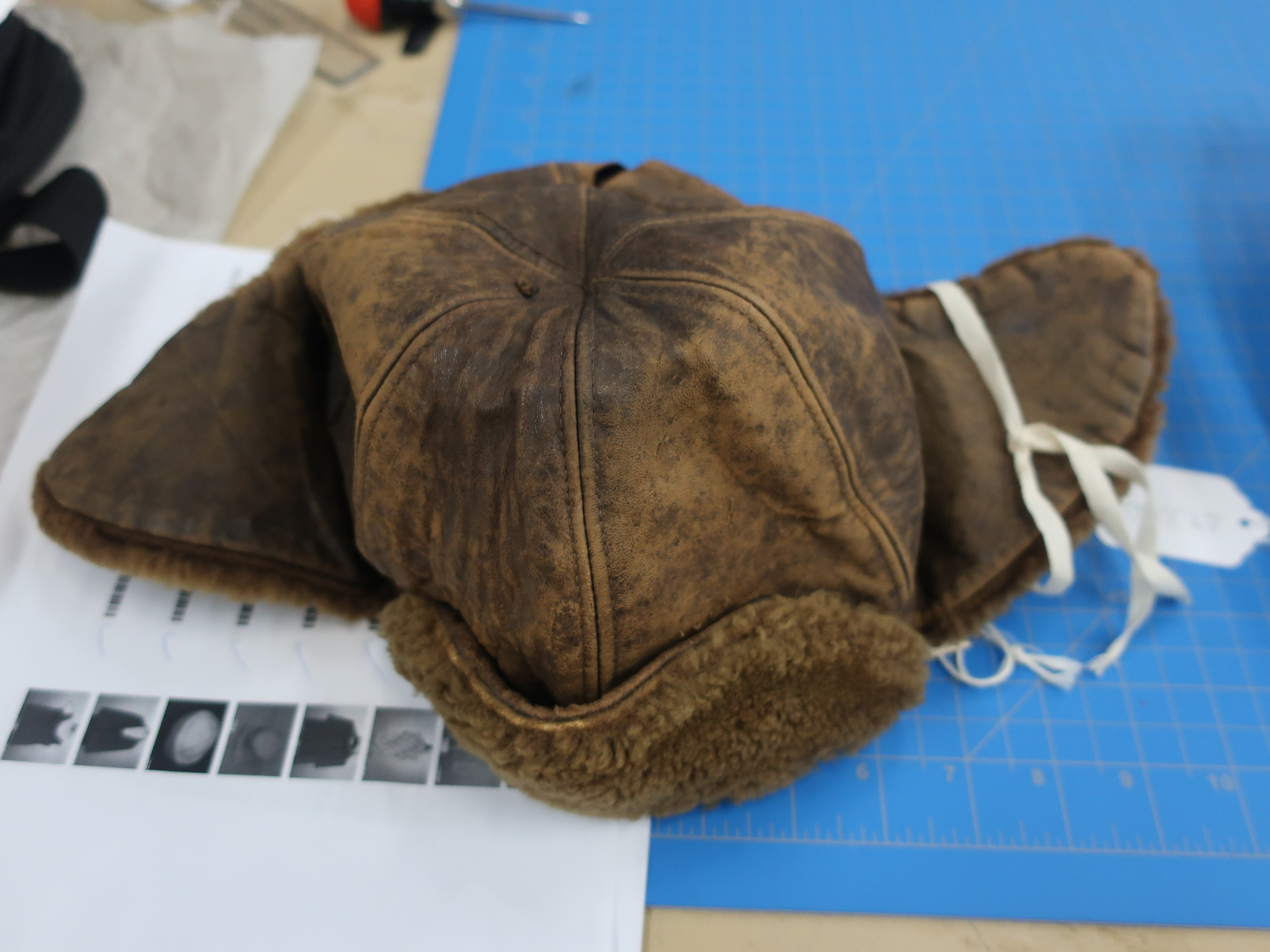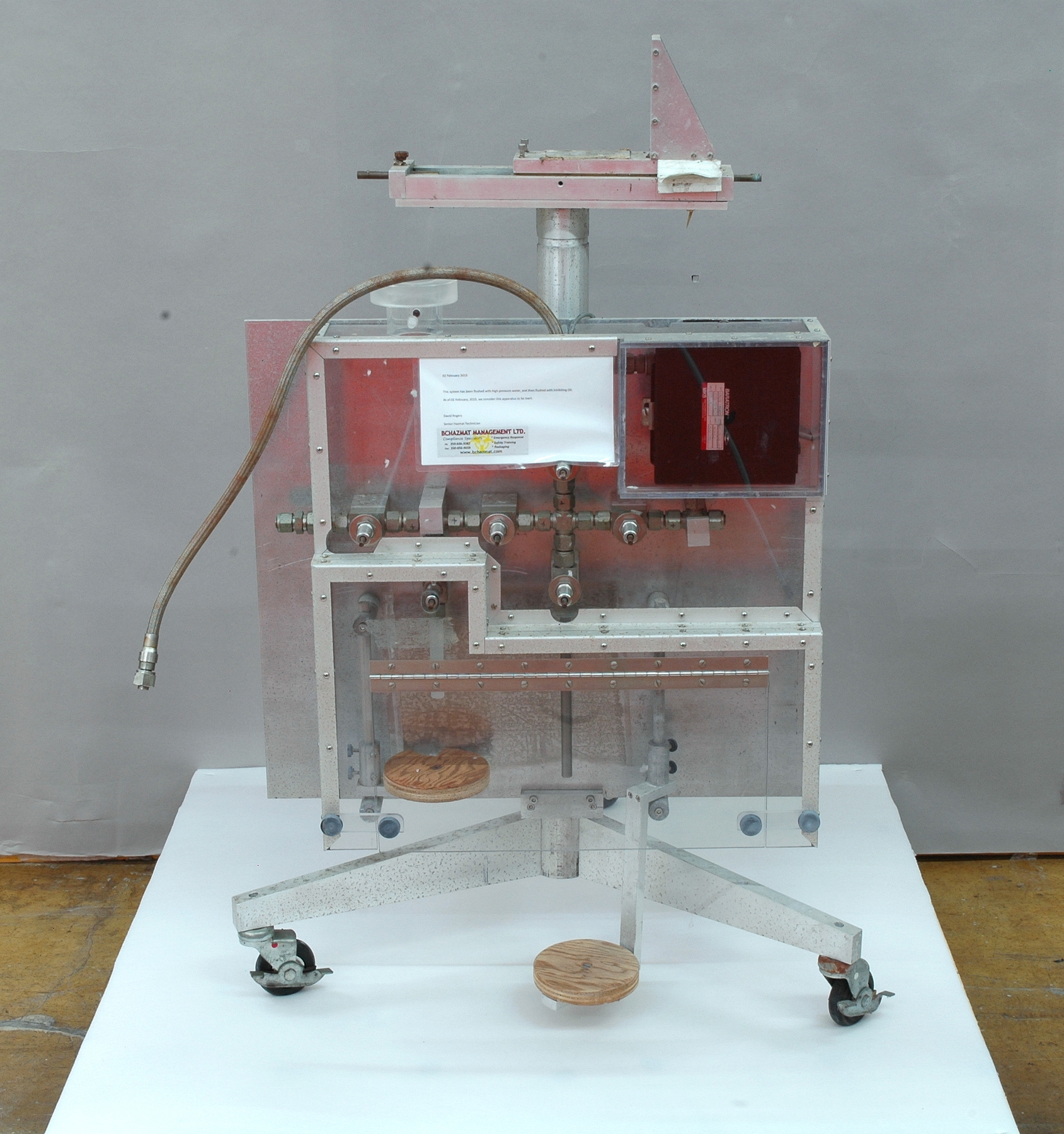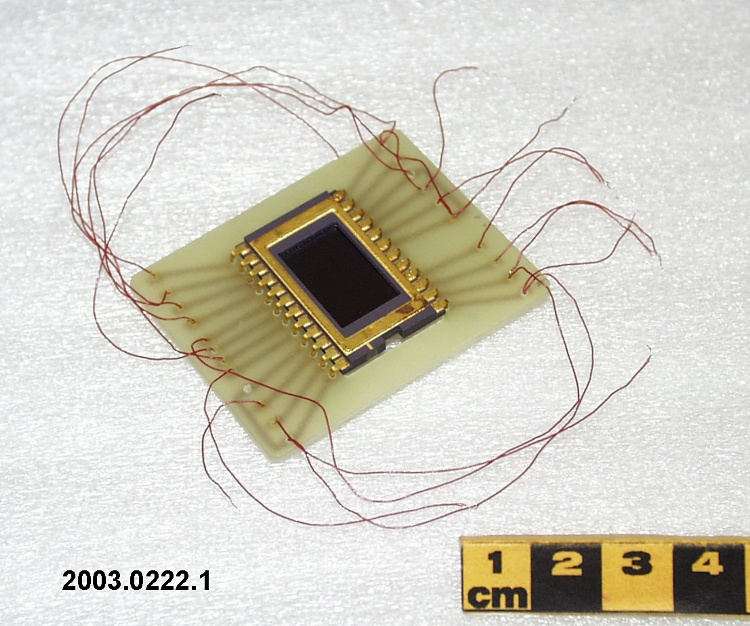Circuit intégré
Utiliser cette image
Puis-je réutiliser cette image sans autorisation? Oui
Les images sur le portail de la collection d’Ingenium ont la licence Creative Commons suivante :
Copyright Ingenium / CC BY-NC-ND (Attribution-NonCommercial 4.0 International (CC BY-NC 4.0)
ATTRIBUER CETTE IMAGE
Ingenium,
2003.0222.001
Permalien:
Ingenium diffuse cette image sous le cadre de licence Creative Commons et encourage son téléchargement et sa réutilisation à des fins non commerciales. Veuillez mentionner Ingenium et citer le numéro de l’artefact.
TÉLÉCHARGER L’IMAGEACHETER CETTE IMAGE
Cette image peut être utilisée gratuitement pour des fins non commerciales.
Pour un usage commercial, veuillez consulter nos frais de reproduction et communiquer avec nous pour acheter l’image.
- TYPE D’OBJET
- Charge Coupled Device
- DATE
- 1982
- NUMÉRO DE L’ARTEFACT
- 2003.0222.001
- FABRICANT
- RCA
- MODÈLE
- Inconnu
- EMPLACEMENT
- United States of America
Plus d’information
Renseignements généraux
- Nº de série
- 5165S 17-6
- Nº de partie
- 1
- Nombre total de parties
- 2
- Ou
- CCD
- Brevets
- S/O
- Description générale
- synthetic board & parts, wire covering/ metal parts
Dimensions
Remarque : Cette information reflète la taille générale pour l’entreposage et ne représente pas nécessairement les véritables dimensions de l’objet.
- Longueur
- 9,5 cm
- Largeur
- 8,0 cm
- Hauteur
- S/O
- Épaisseur
- 1,0 cm
- Poids
- S/O
- Diamètre
- S/O
- Volume
- S/O
Lexique
- Groupe
- Technologie informatique
- Catégorie
- Dispositifs numériques
- Sous-catégorie
- S/O
Fabricant
- Ou
- RCA
- Pays
- United States of America
- État/province
- Inconnu
- Ville
- Inconnu
Contexte
- Pays
- Canada
- État/province
- Nouvelle-Écosse
- Période
- early 1980s+
- Canada
-
This was one of the first CCDs acquired for use in Canada and is one of the CCD chips acquired by SMU for a NSERC funded project to develop a CCD camera for use on telescopes. In 1979 (ck) SMU astronomers Dr. Gary Welch and Dr. David Dupuy (moved to Virginia Military Institute in 1982) were awarded a grant of $150,000 to develop one of three systems (UBC and Laval were the other departments awarded grants to develop CCD cameras). The challenges included overcoming the following: cooling the CCD to a constant low temperature (-140 C -- with liquid N2) to decrease the dark current (current generated by the chip when powered up but without any light falling on the chip), developing software to read off, store and manipulate the large volume of data generated, etc. CCDs provided, among other things, a more efficient way to do photometry of stars or nebula, image objects from planets to galaxies, or as detectors on spectrographs, etc. They revolutionized astronomy in less than 10 years allowing space telescopes like Hubble and planetary probes like Mars Rover to surpass others using traditional imaging technology by hundreds of times in sensitivity. - Fonction
-
A CCD (Charge Coupled Device) is an electronic memory charged by light or electricity, in this case used for capturing images. This CCD integrated circuit was intended for use in a CCD camera attached to a telescope as part of a telescope camera system to take photographs of astronomical phenomena. - Technique
-
An example of an early generation CCD chip with particularly low dark current making it suitable for astronomical use. The CCD was developed at Bell Labs in 1970 by Nova Scotia born, Willard S. Boyle, G.E. Smith and G.G. Amelio. It was developed as a memory device but was also discovered to be sensitive to light and hence a sensitive light detecting surface. These first CCDs were the electronic analogue to bubble memory, i.e. 1 bit = packet of charges (e-) or holes (h+) CCDs, though their resolution and size were at the time much inferior to traditional photographic emulsions, their linear response, high quantum efficiency and large dynamic range (i.e. could image very faint through very bright objects) made them attractive to astronomers where light levels are very low. There were many difficulties to overcome including cooling to a constant temperature (-140 C -- with liquid N2), developing software to read off, store and manipulate the large volume of data generated. These early CCD suffered some problems of their own: low areal coverage, poor blue response, read out noise Dominated for spectroscopy and low light level deferred Charge Transfer Problems. Each chip is an array of pixels in rows and columns (XX x YY for this chip. In use, the charge detection amplifier gives an external voltage. Each pixel integrates the light falling on it building up a tiny charge. The charge is directly proportional (unlike photographic emulsions which suffer reciprocity effects) to the amount of light falling on each pixel. Once the image is exposed for a specified time, the charge on each pixel is read off by sequentially moving the charge down each column by applying a charge across the gate (electrodes) until it comes to the final row, i.e. the charge packets are read one at a time, i.e. CCDs operated as a serial device by the on-chip amplifier. The charge is then stored on a computer hard drive (in the case of the SMU system these were 8" Winchester drives). In 1973the Jet Propulsion Lab initiated its scientific grade large array CCD program and in 1974 Fairchild made a 100x100 pixel chip which was used on an 8-inch telescope to produce the first astronomical CCD image. By 1979 a RCA 320x512 LN cooled system sees first light at the KPNO 1-m telescope. Besides the charge transfer efficiency, part of the problem was to read of the signal fast enough to reduce the lost time for the procedure -- hence the need for fast computers and fast access drives. Another problem with the early chips was the gap between each pixel. Also, there was some difference in sensitivity across the chip as well as dead pixels or even rows of pixels that caused cosmetic and real imaging problems. The CCDs acquired by SMU cost on the order of $15 K US and came with "set up" chips that had cosmetic or sensitivity problems so that accidental damage in testing did not affect the specially tested chip. In the early stages, making CCDs was a black art and not very consistent. - Notes sur la région
-
Inconnu
Détails
- Marques
- Silver lettering reading "RCA"/ lettering hand incised on pins on opposite side reads "5165S 17-6"
- Manque
- appears complete
- Fini
- Green board/ gold painted? metal parts / red covered wiring/ black synthetic parts
- Décoration
- S/O
FAIRE RÉFÉRENCE À CET OBJET
Si vous souhaitez publier de l’information sur cet objet de collection, veuillez indiquer ce qui suit :
RCA, Circuit intégré, vers 1982, Numéro de l'artefact 2003.0222, Ingenium - Musées des sciences et de l'innovation du Canada, http://collection.ingeniumcanada.org/fr/item/2003.0222.001/
RÉTROACTION
Envoyer une question ou un commentaire sur cet artefact.
Plus comme ceci
